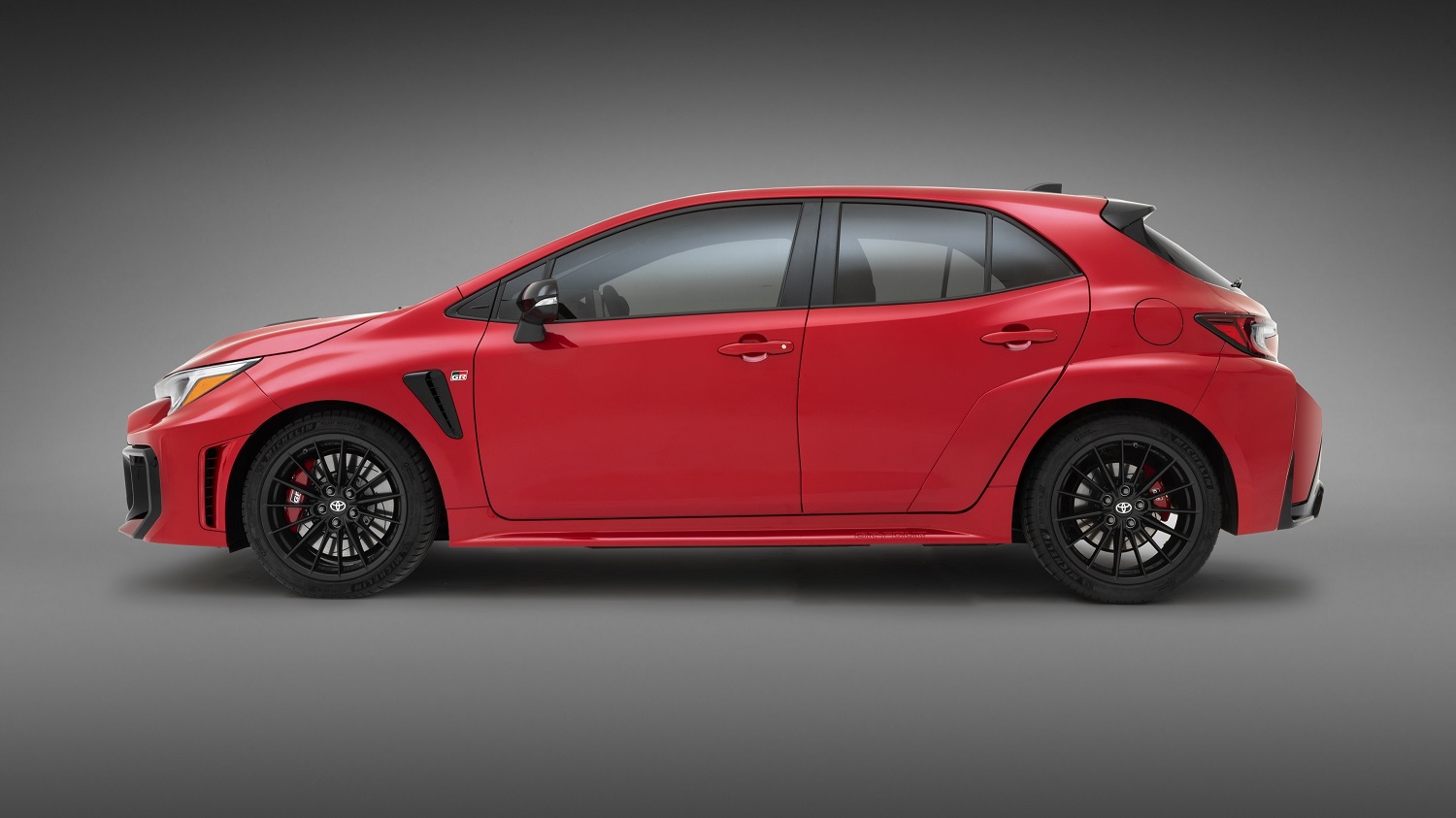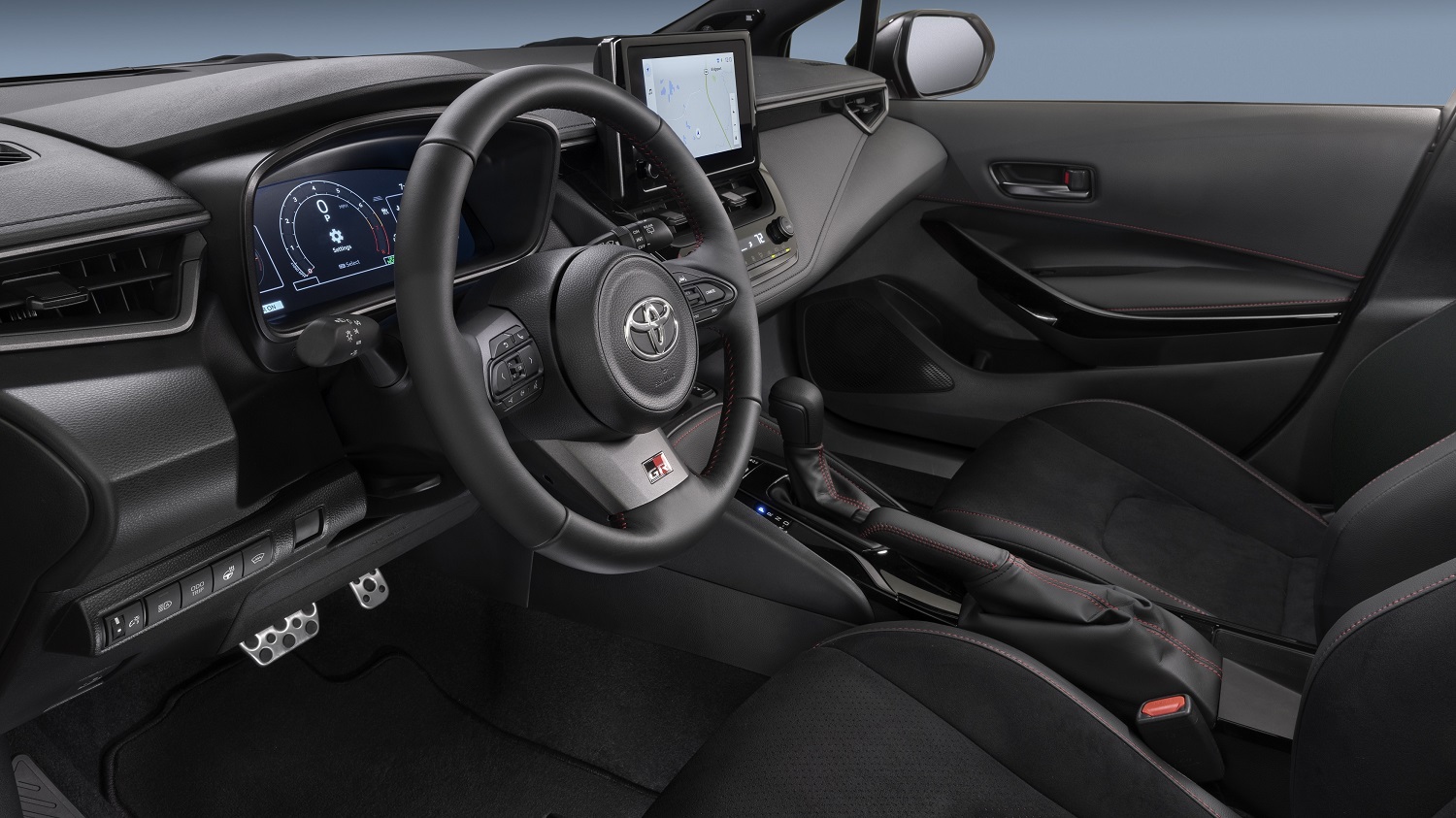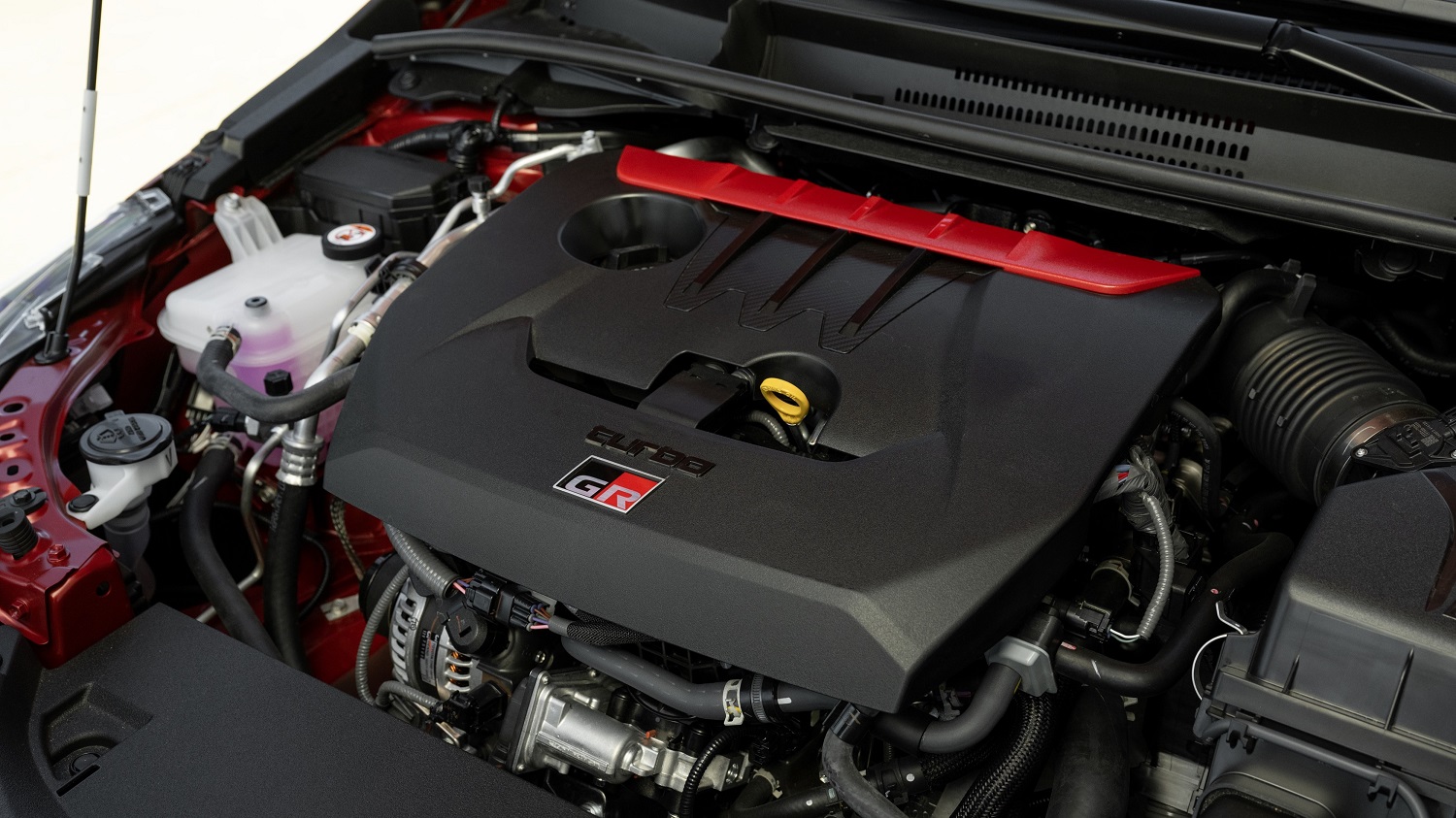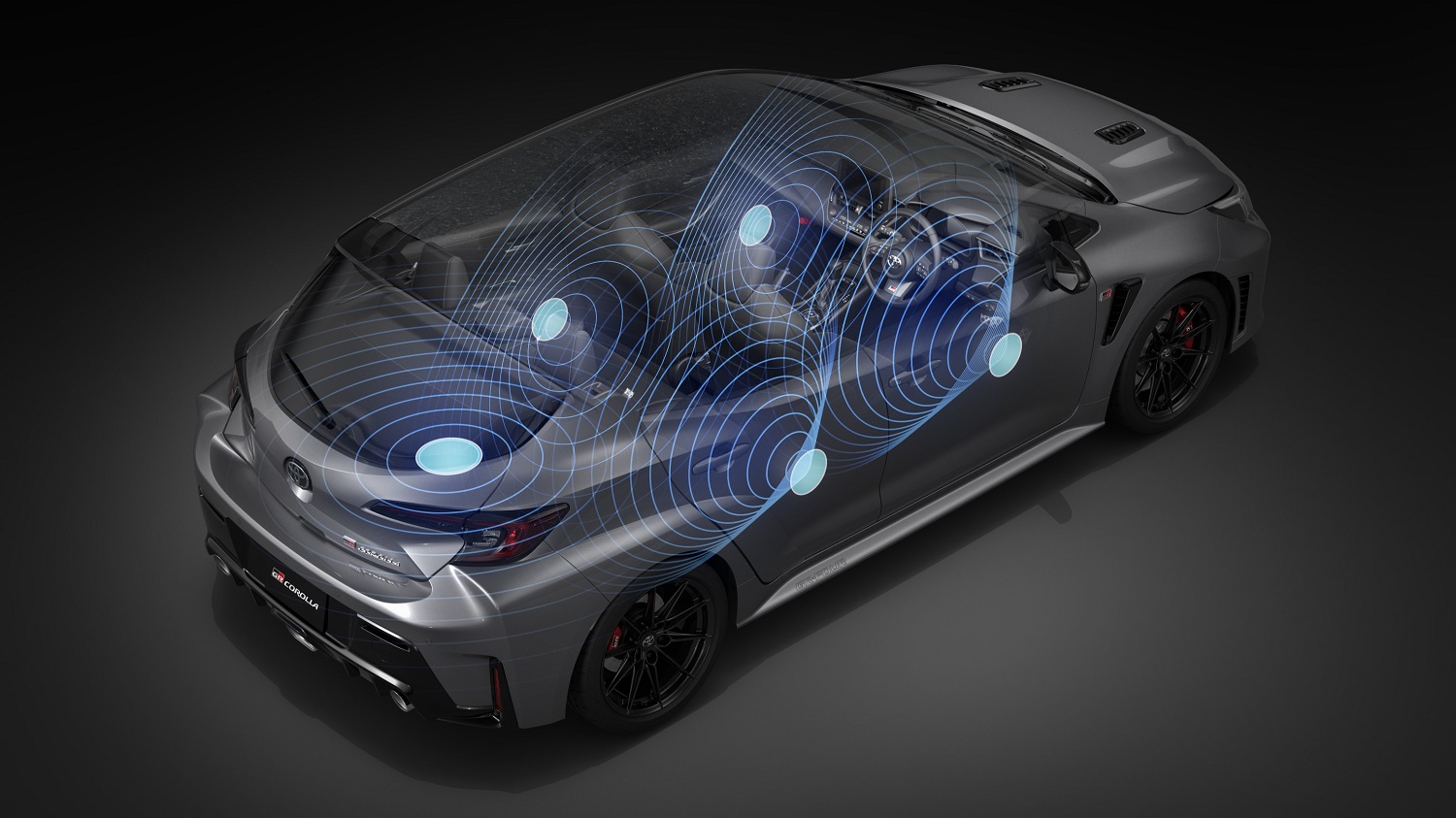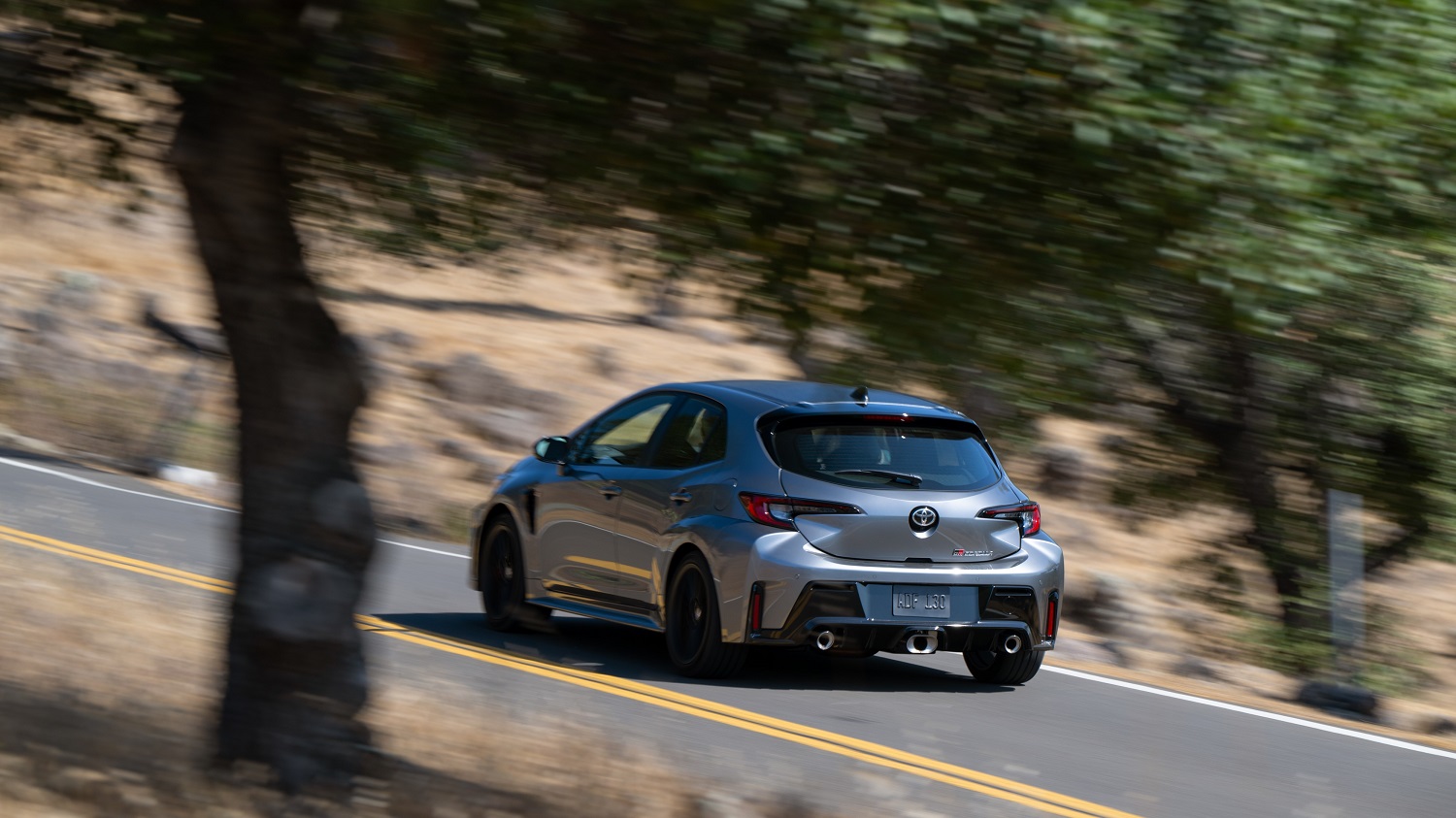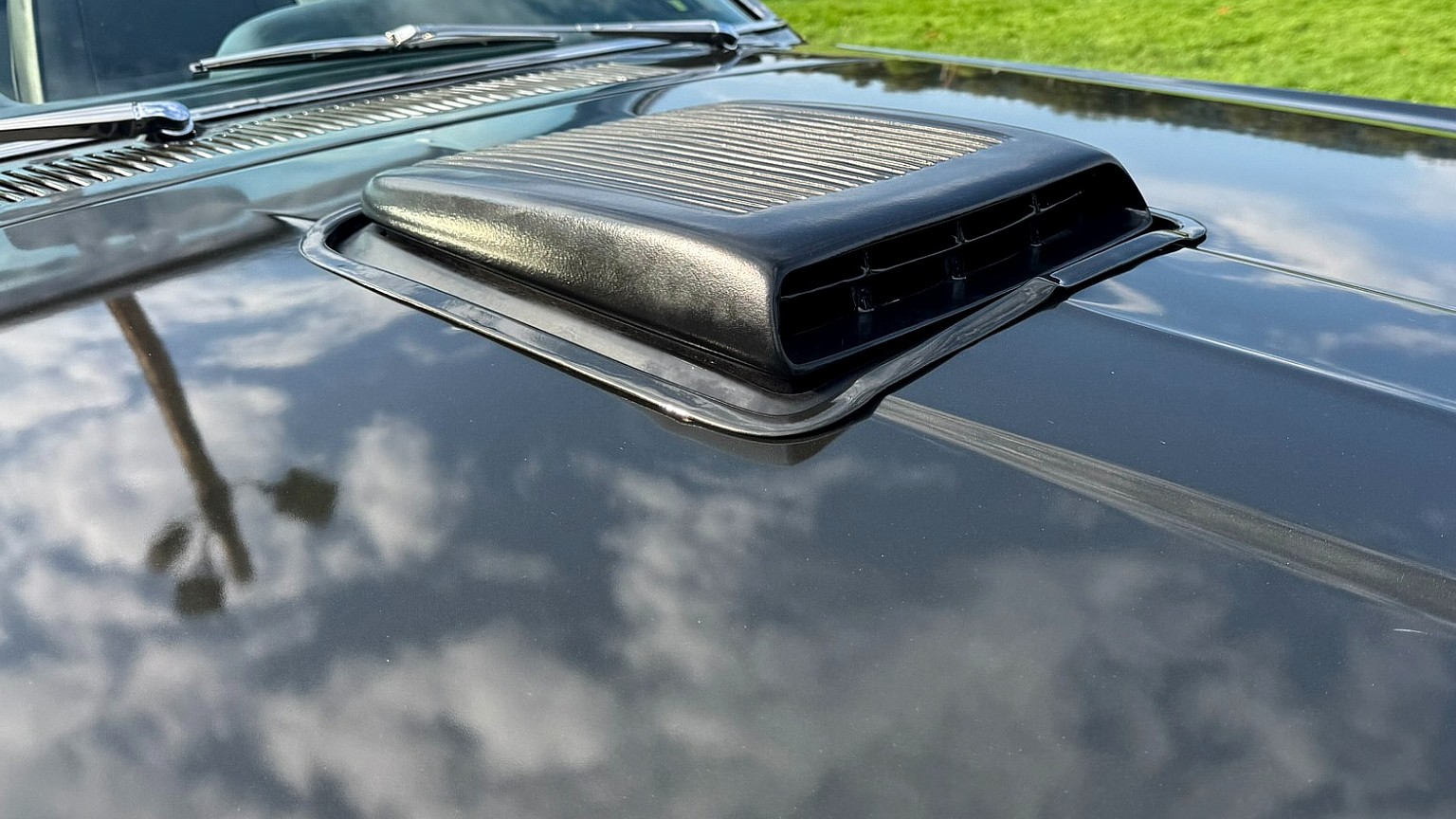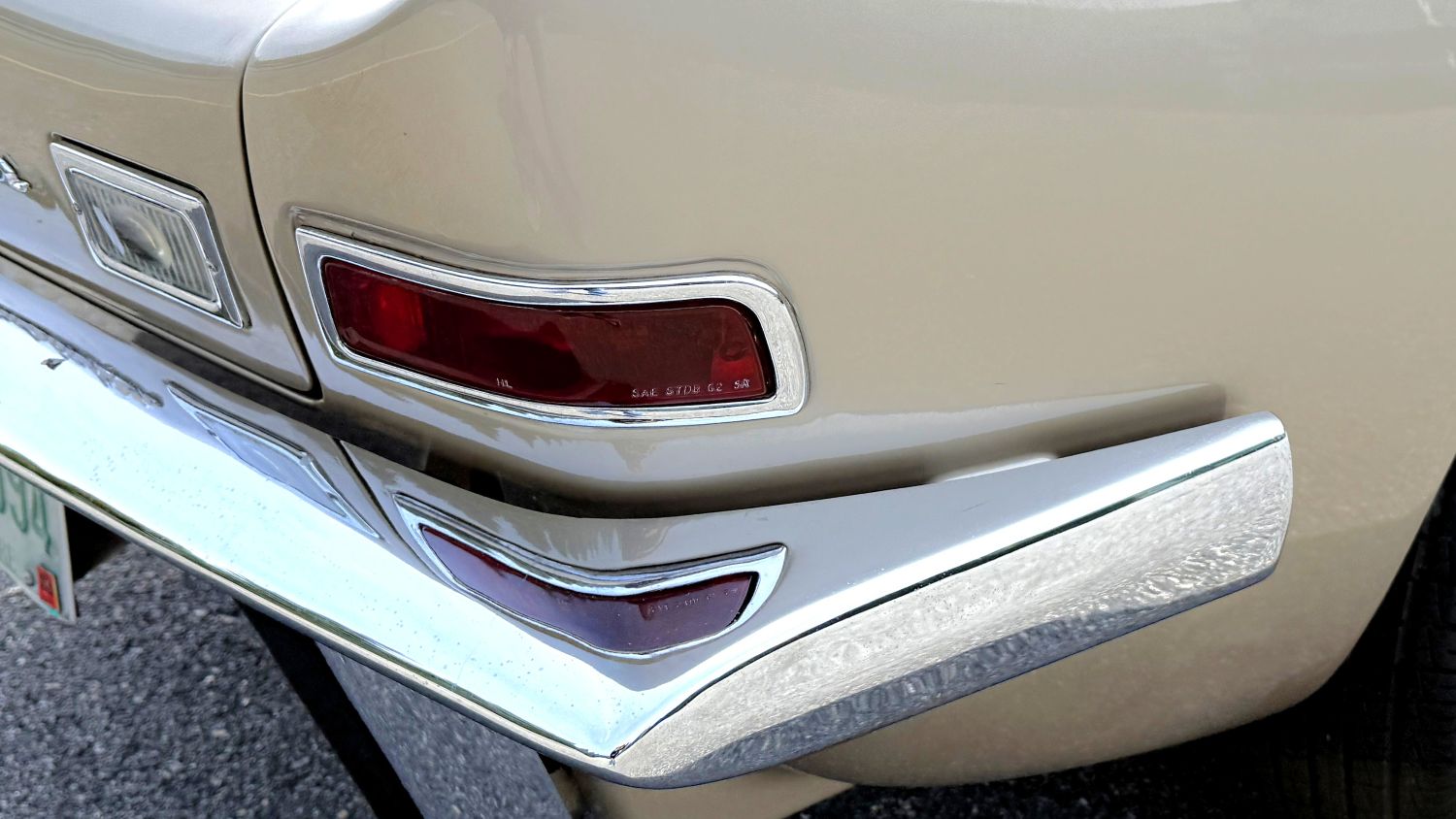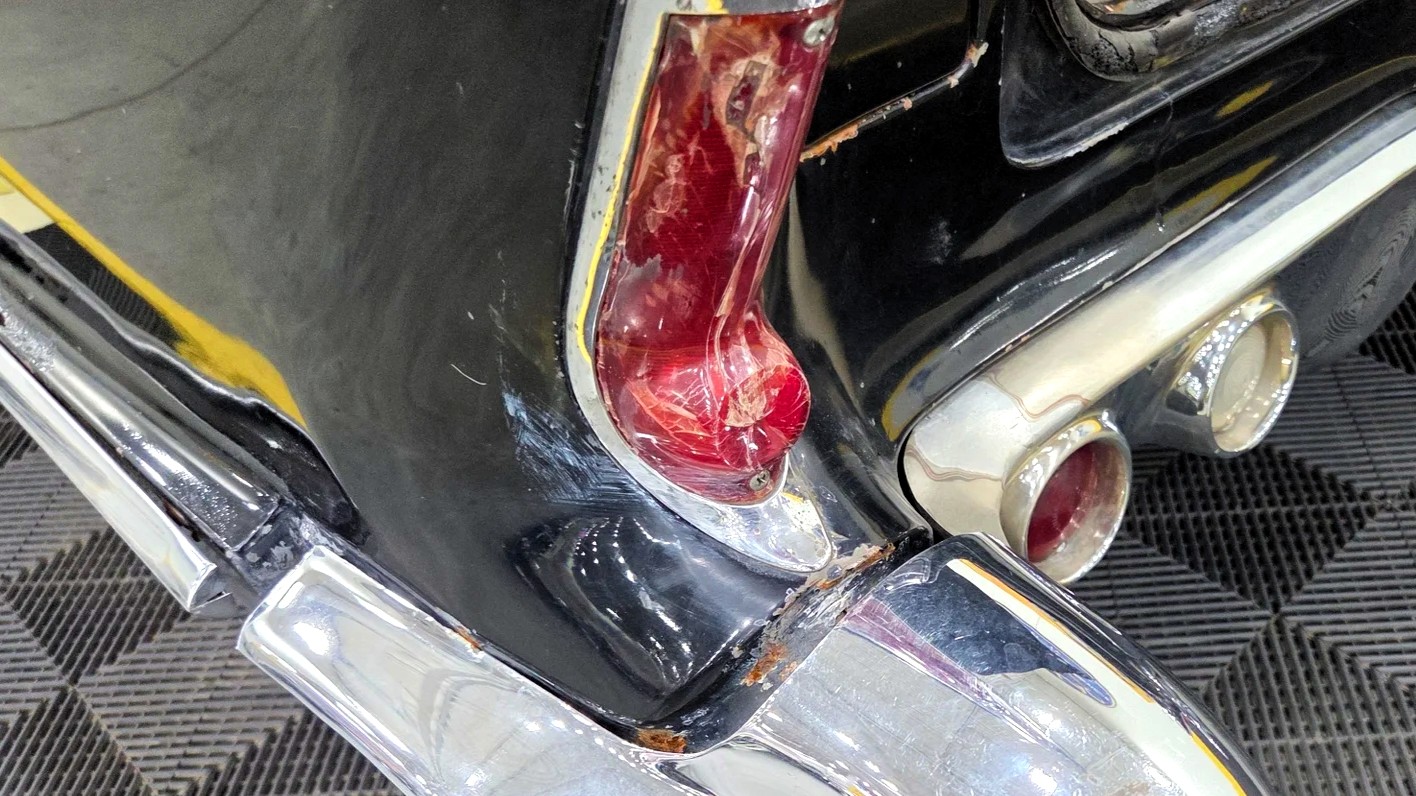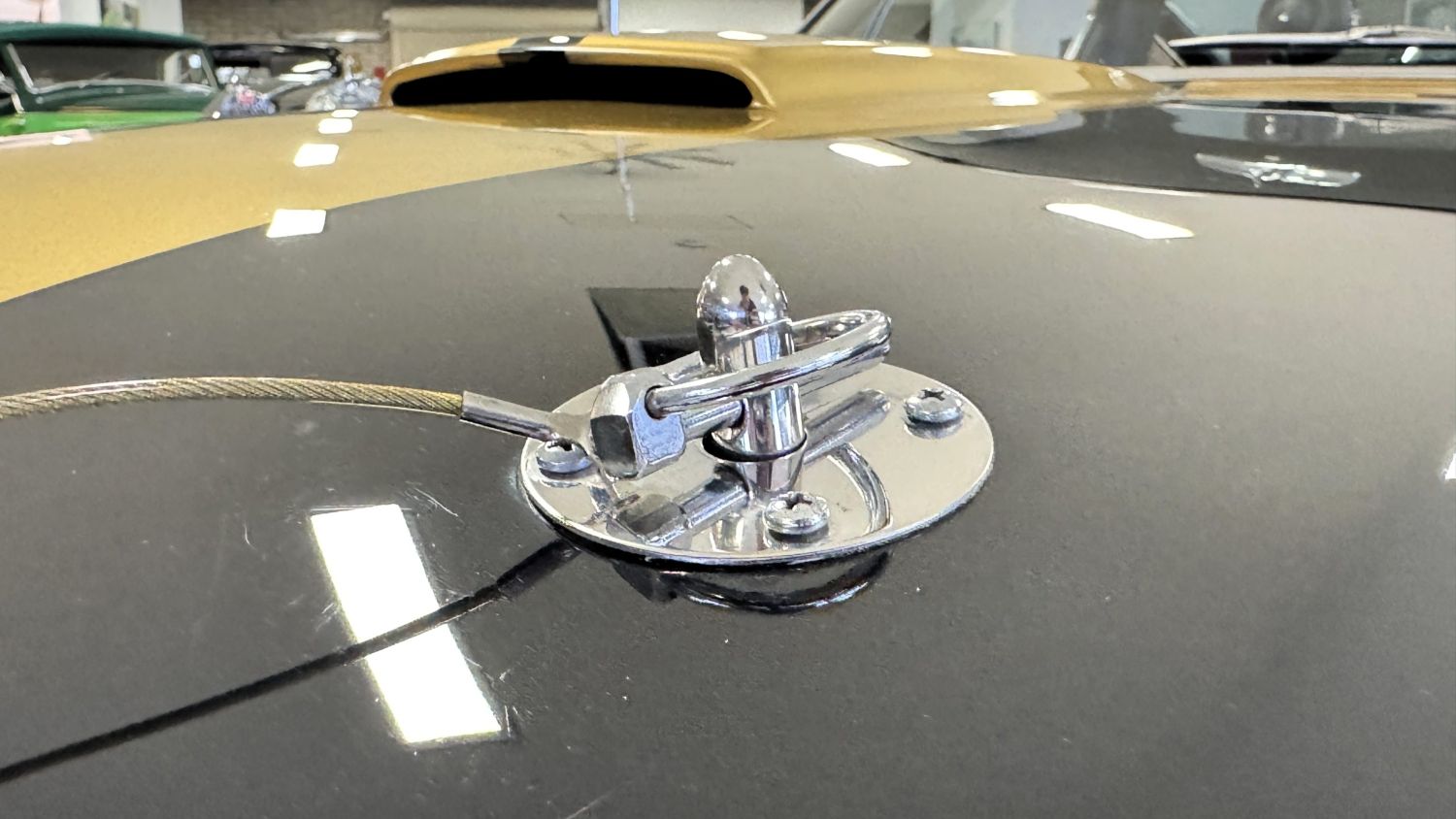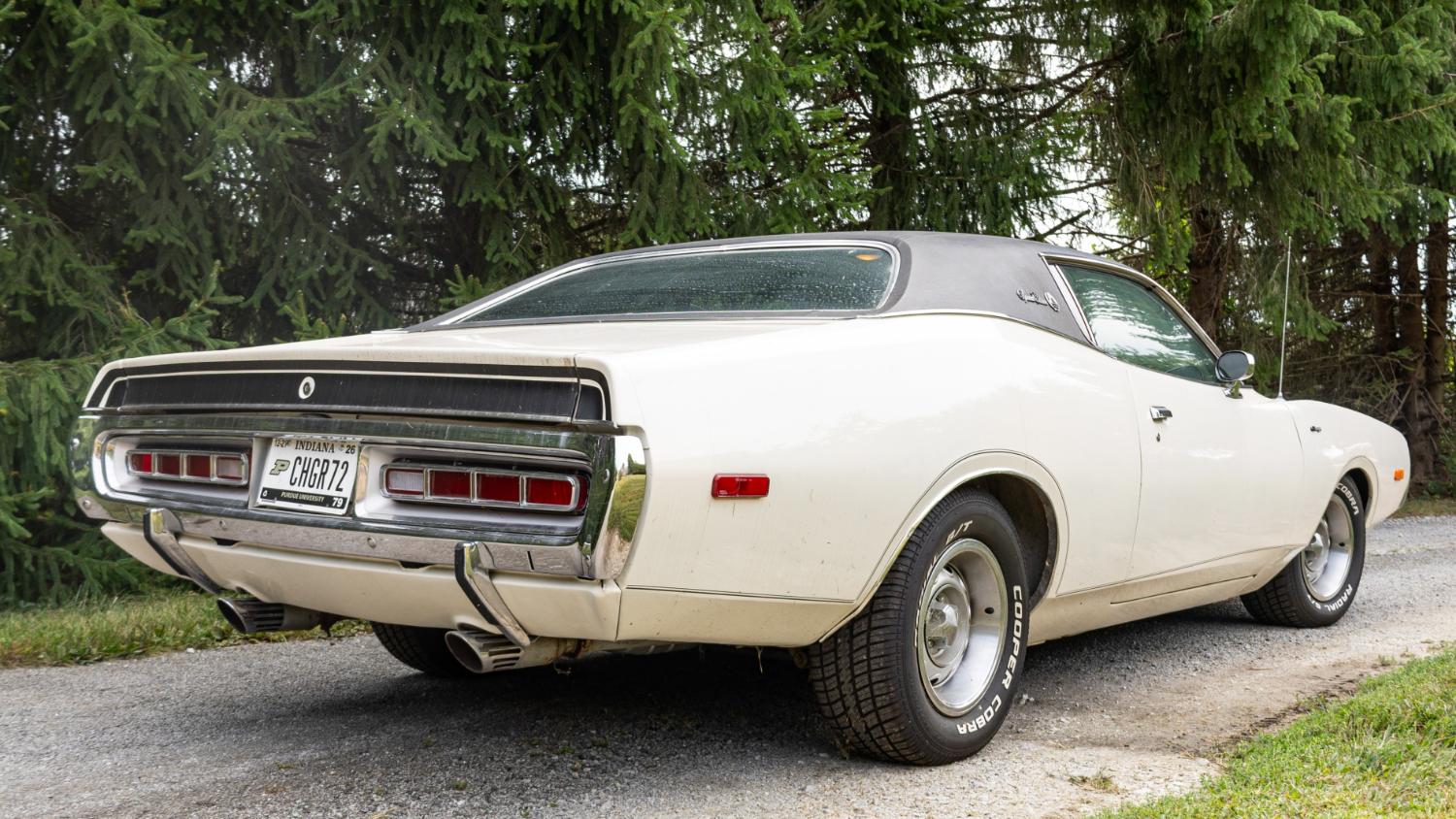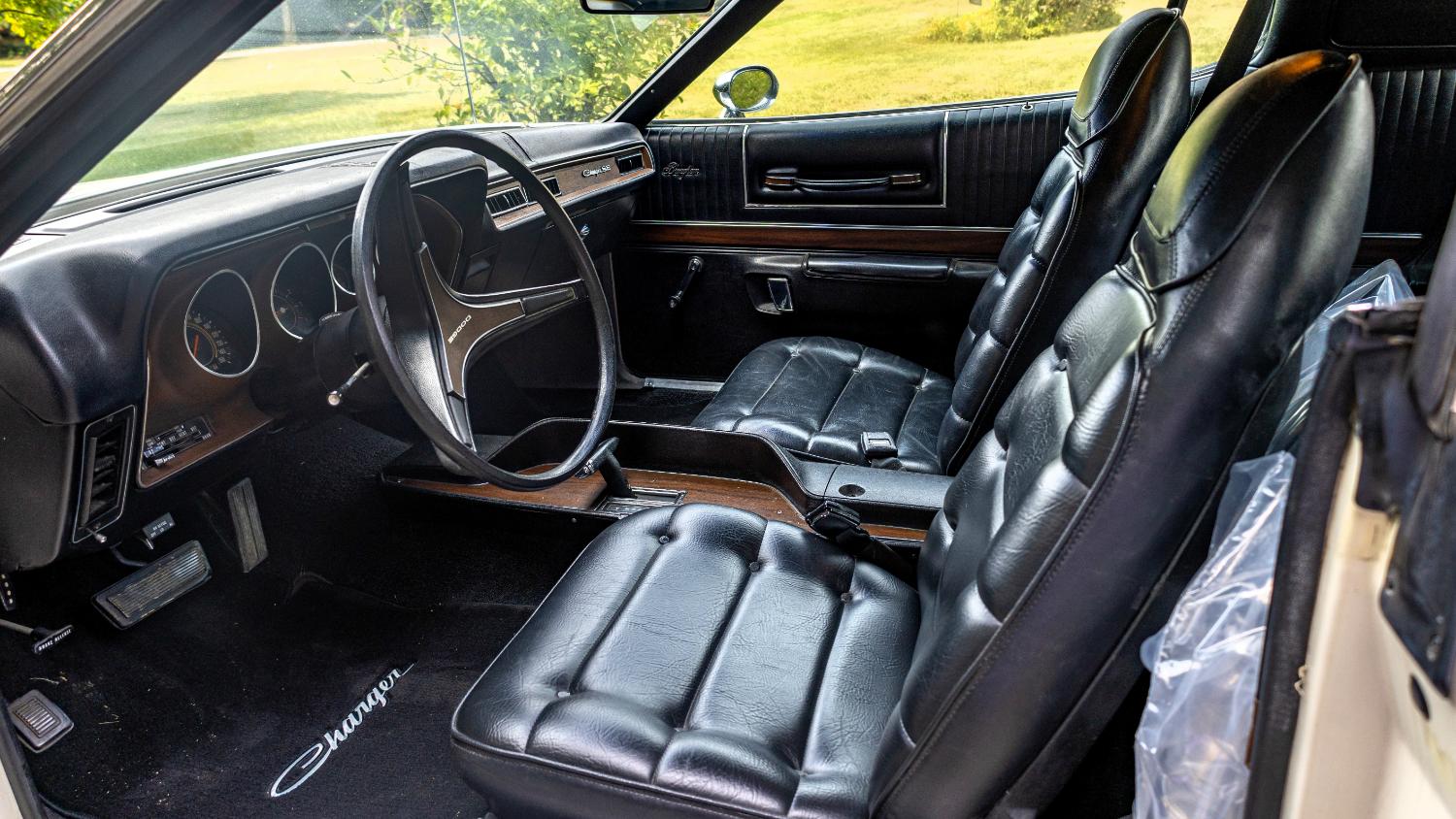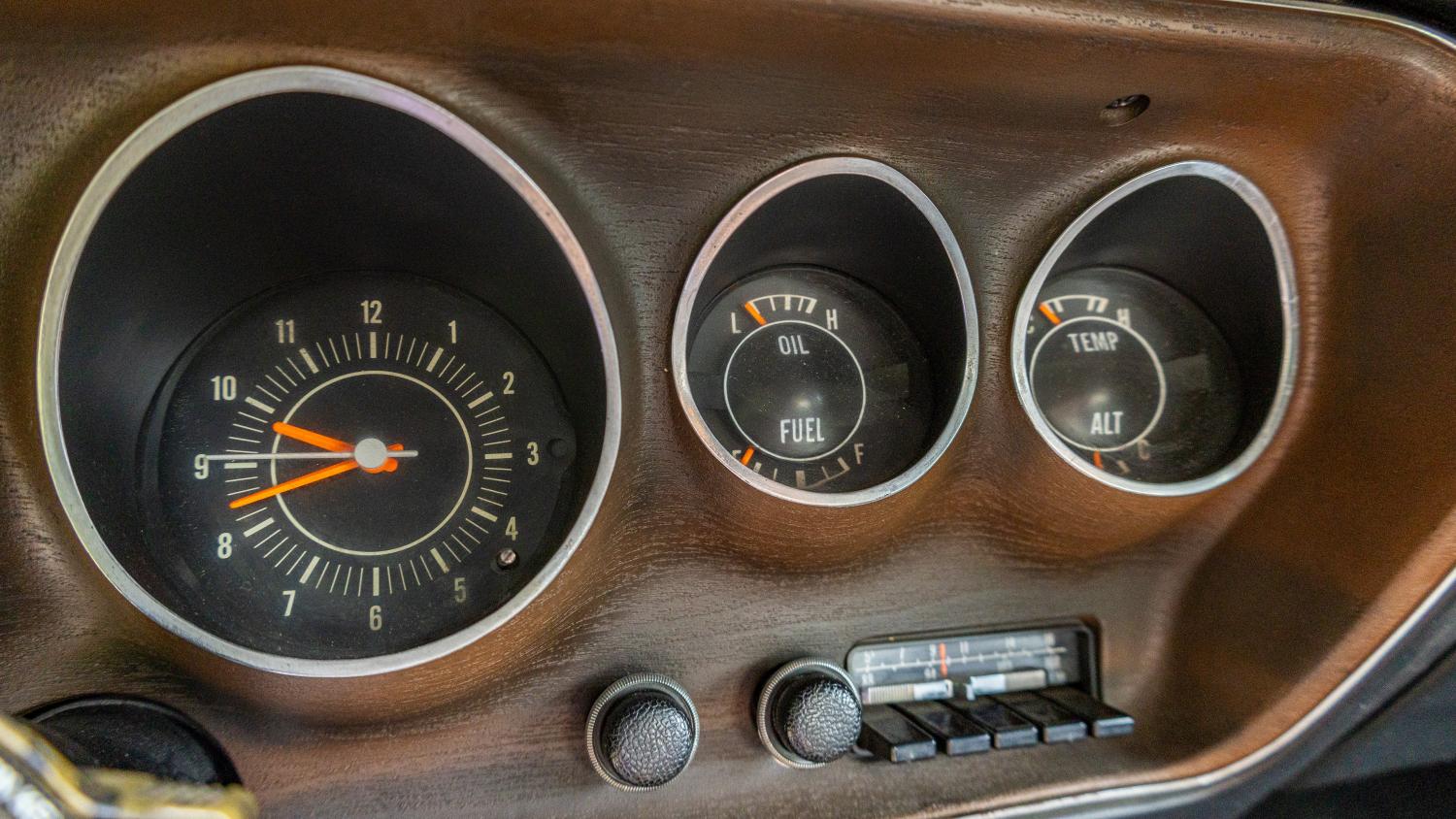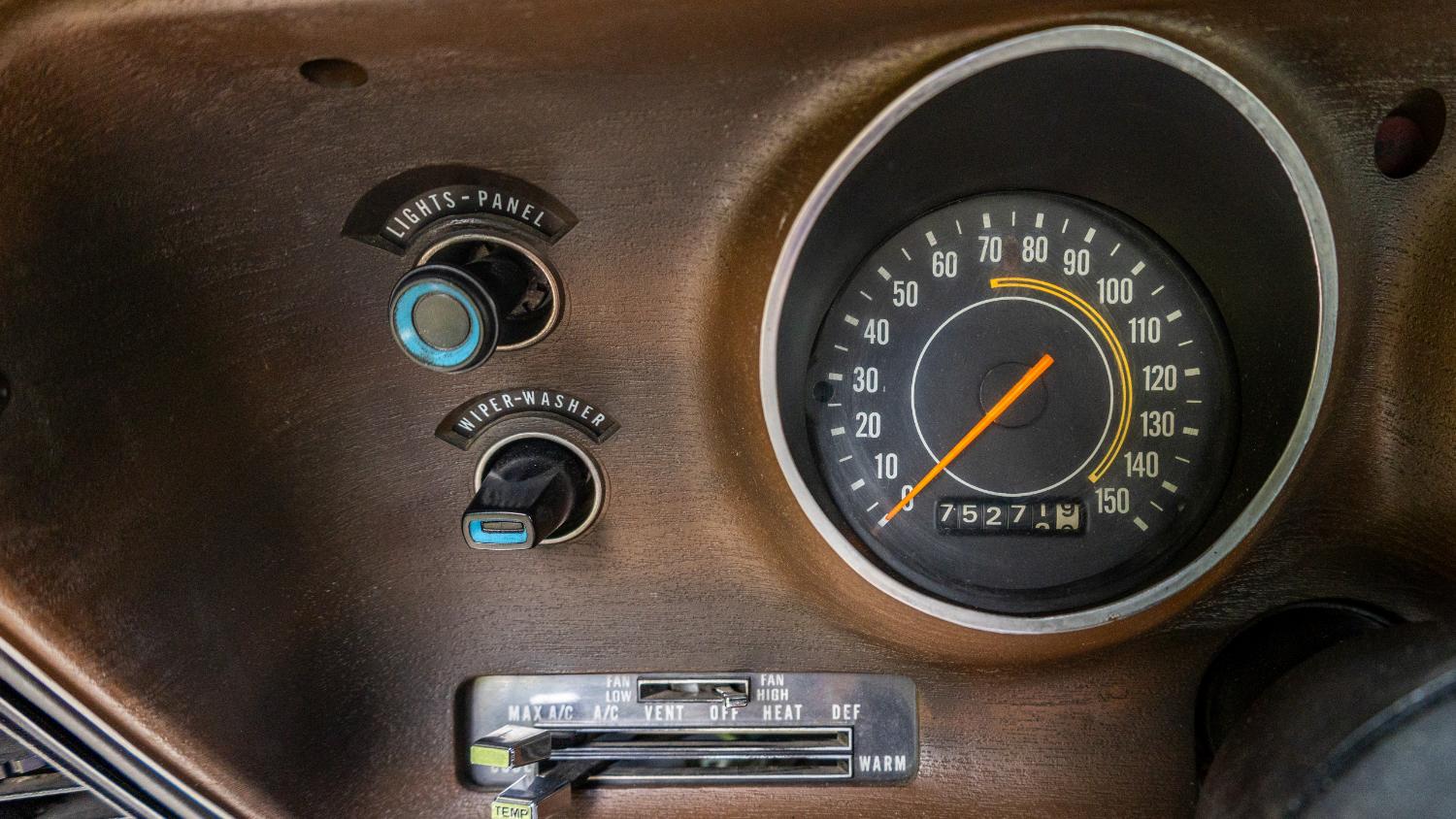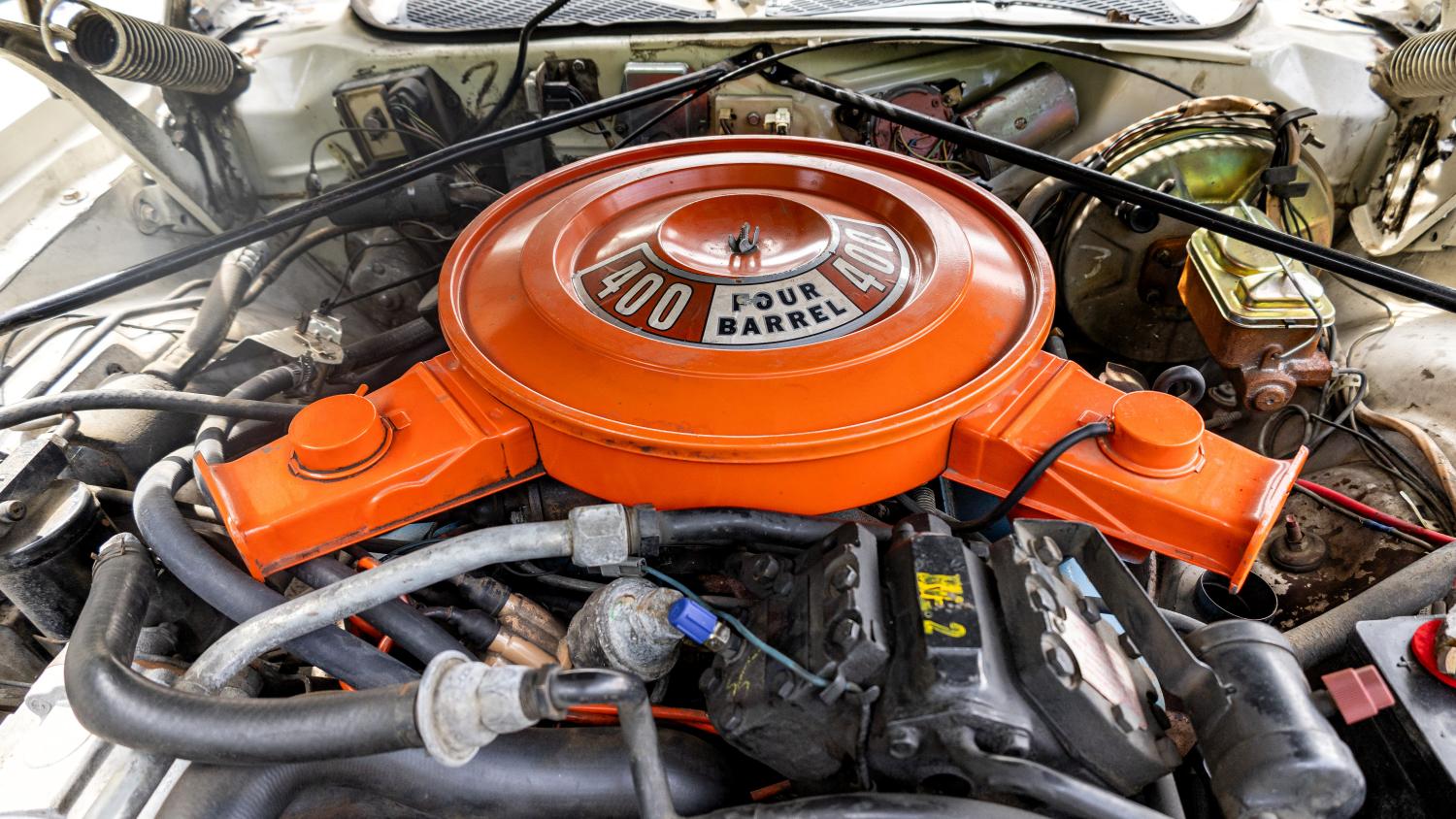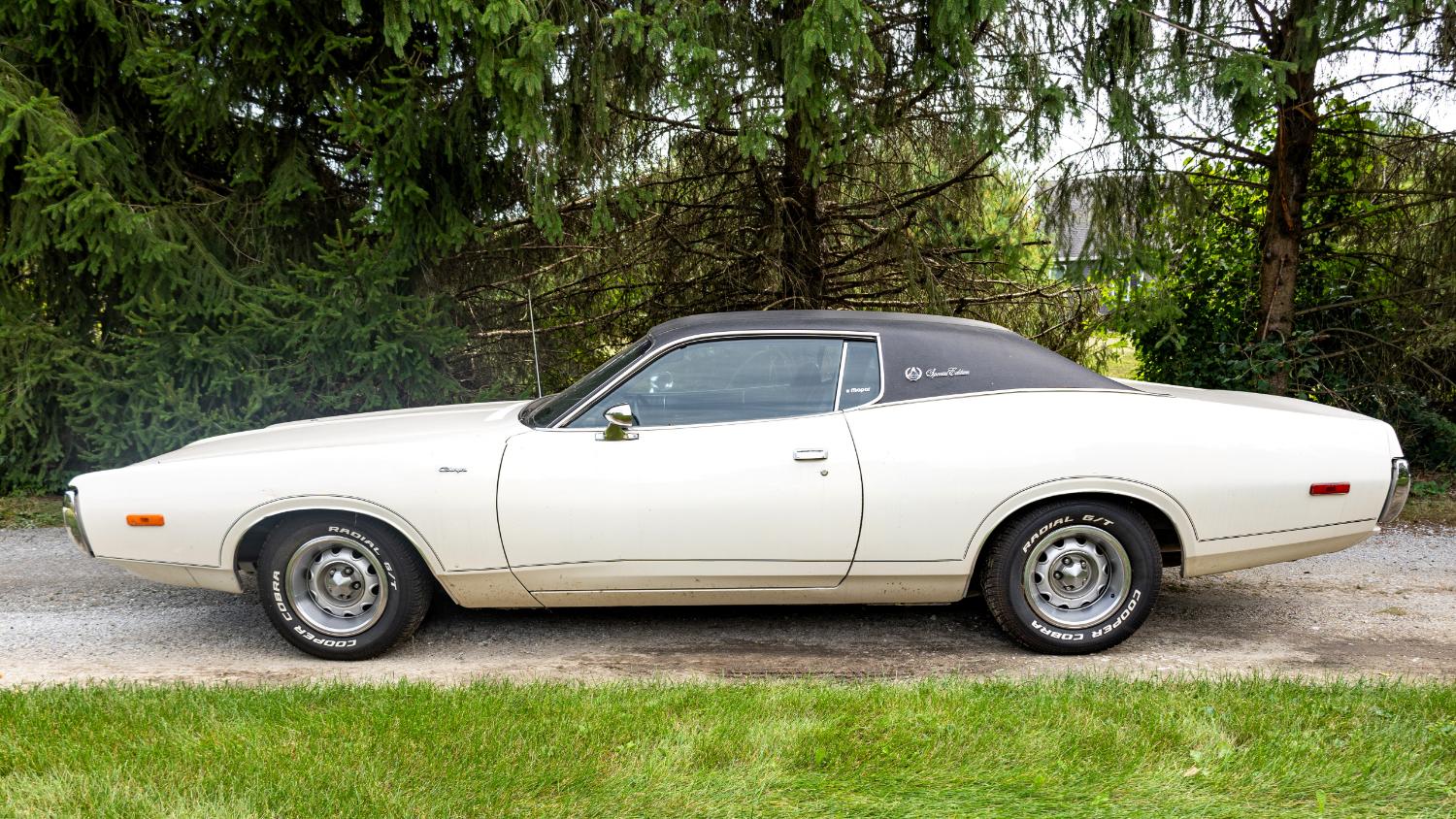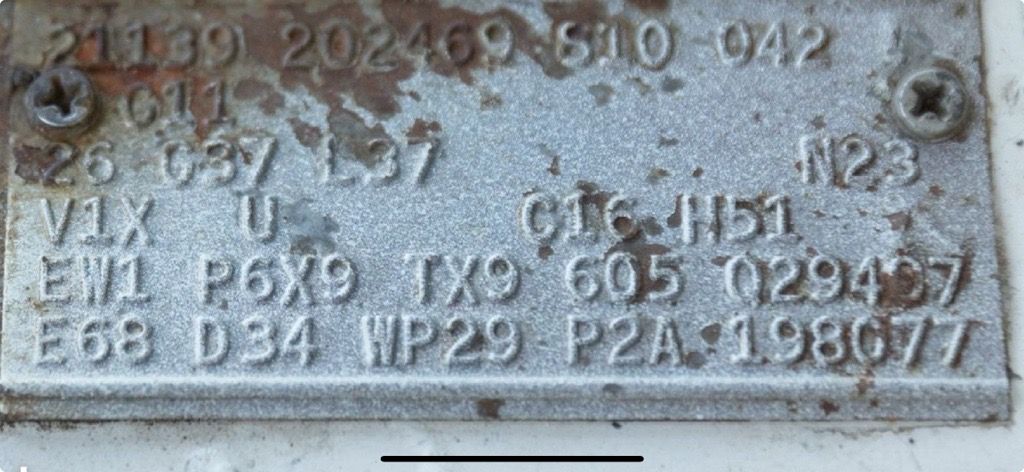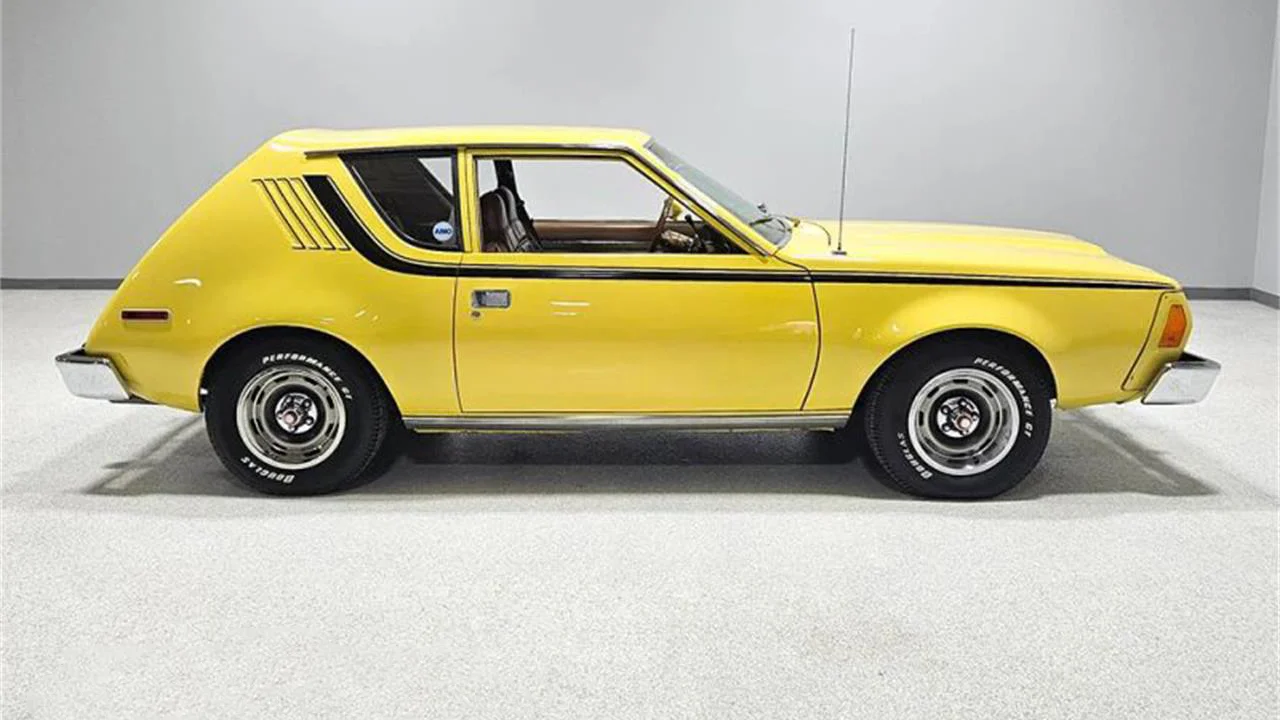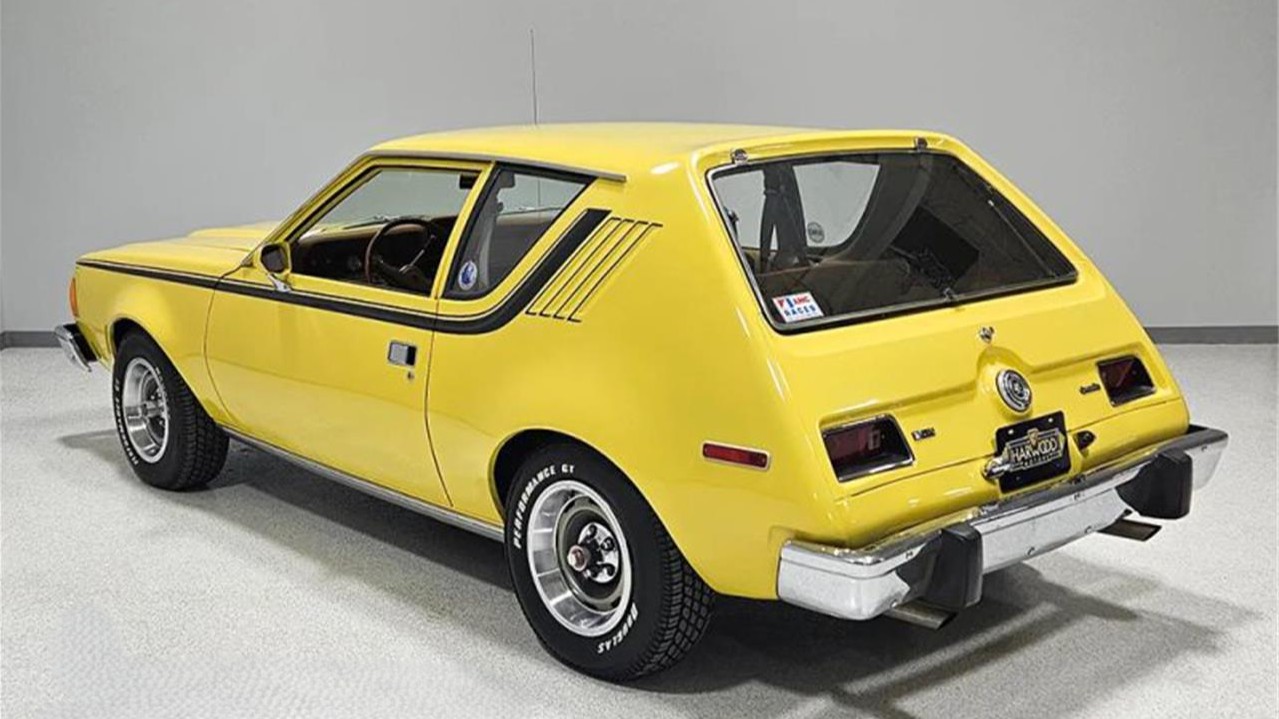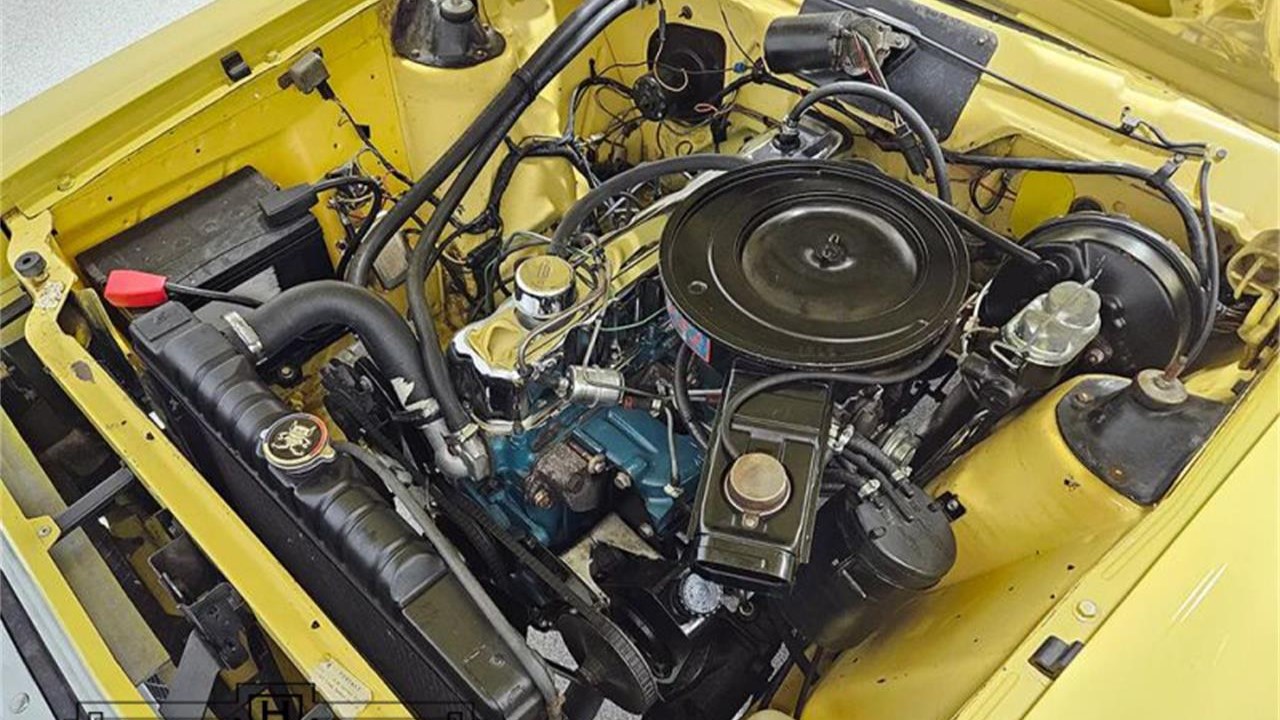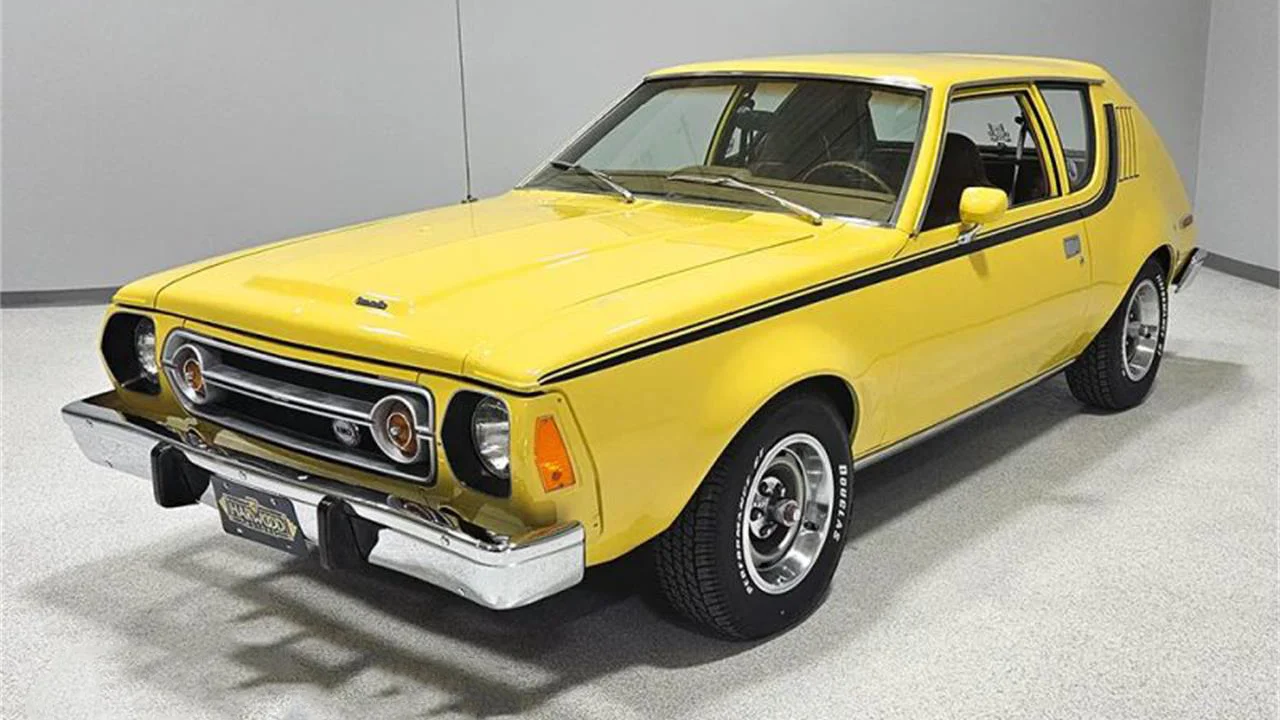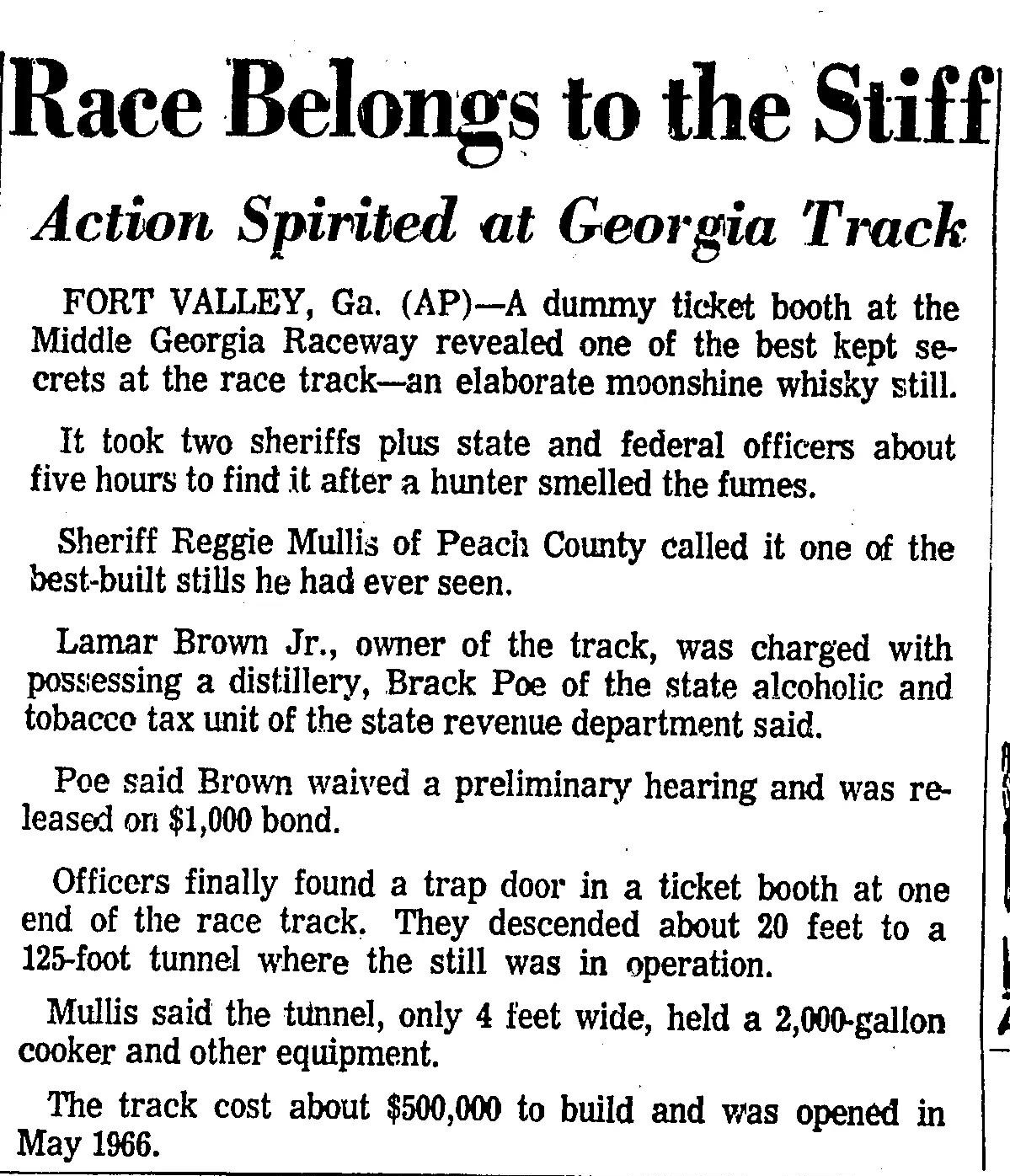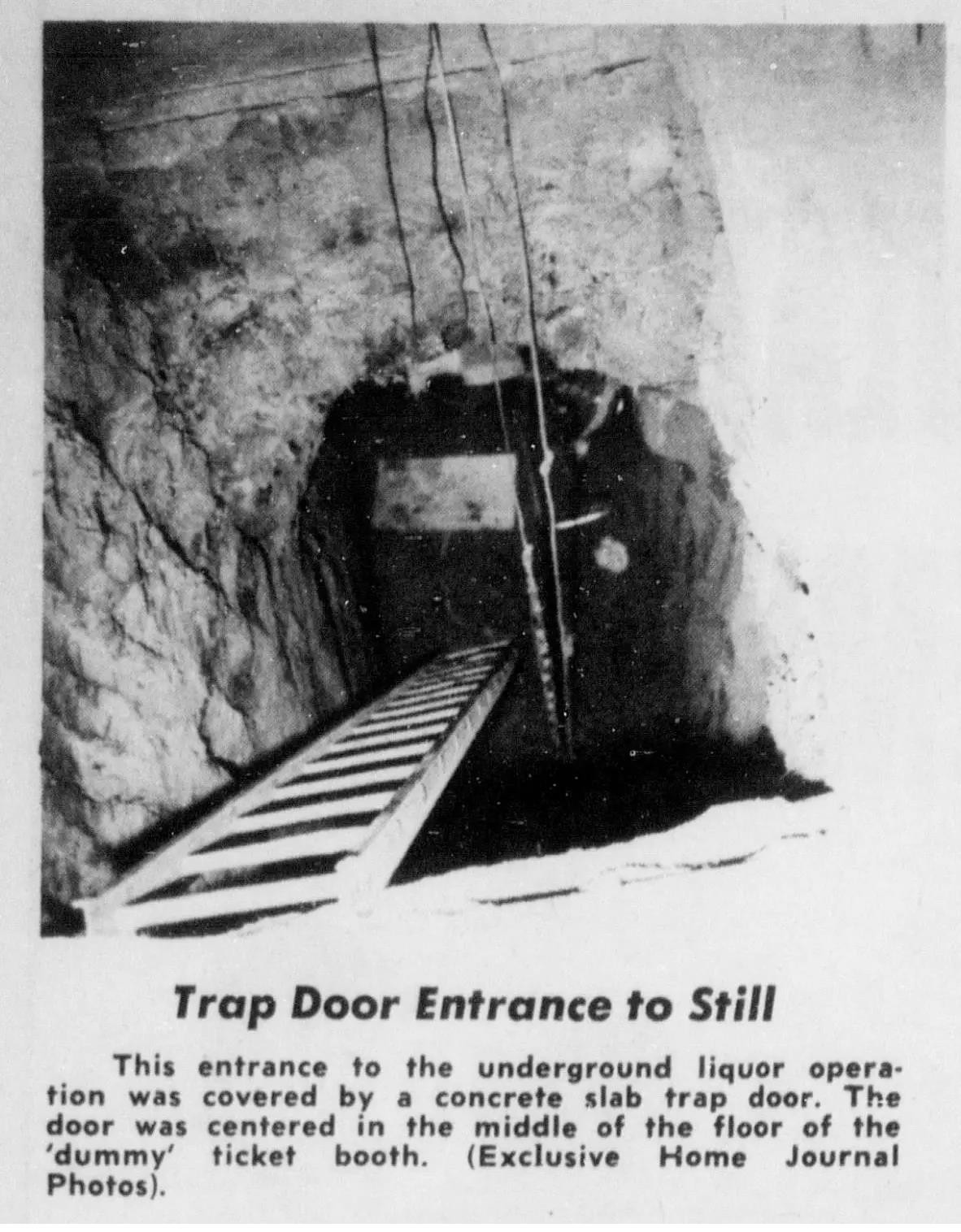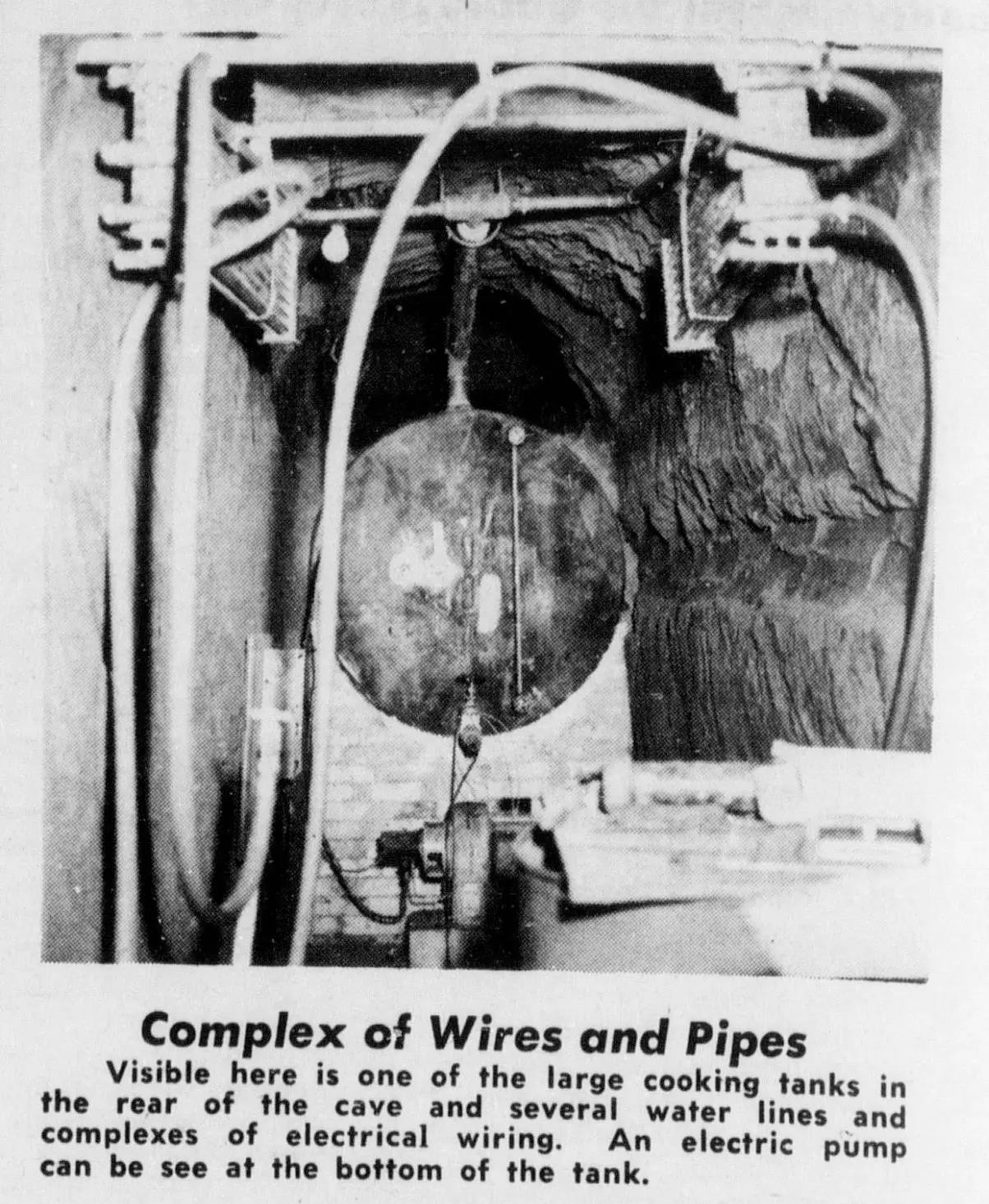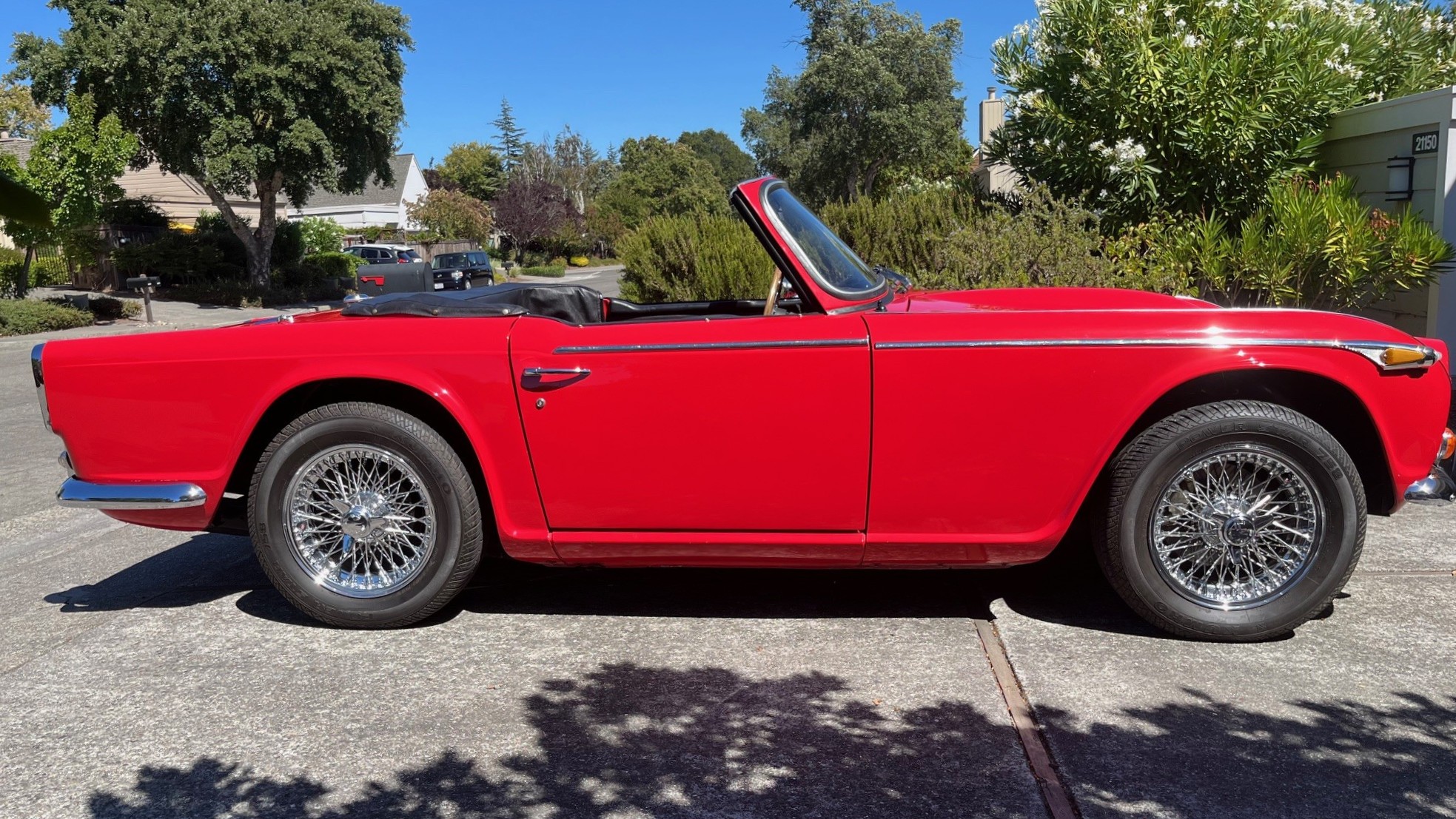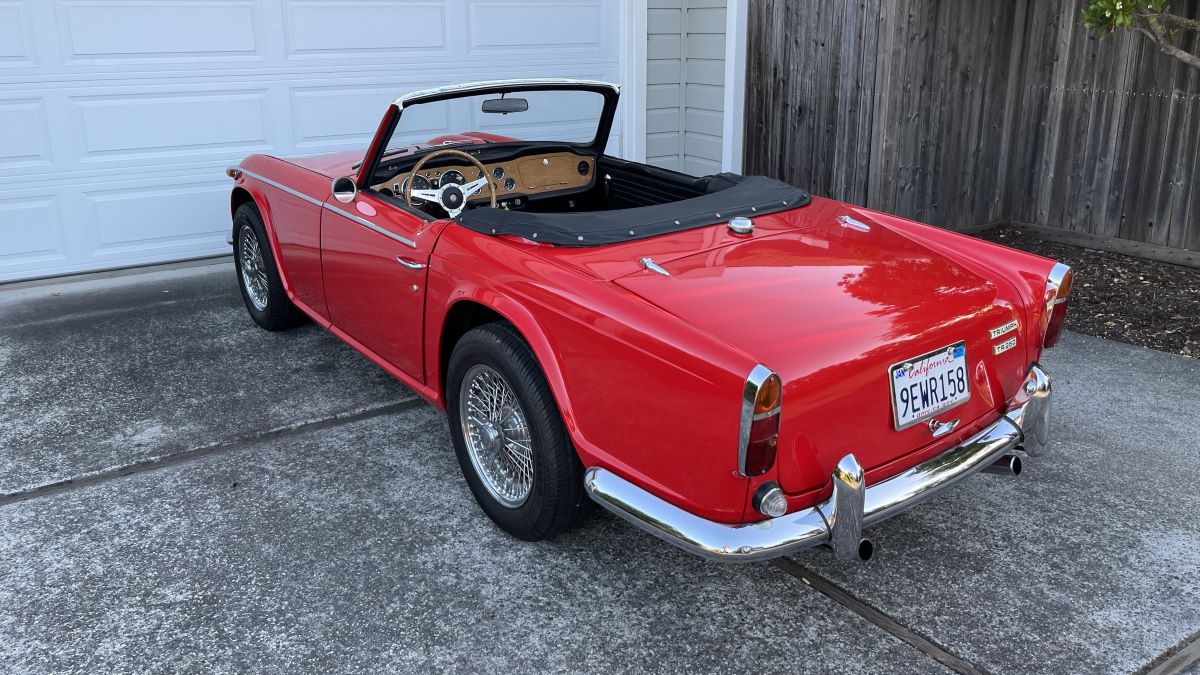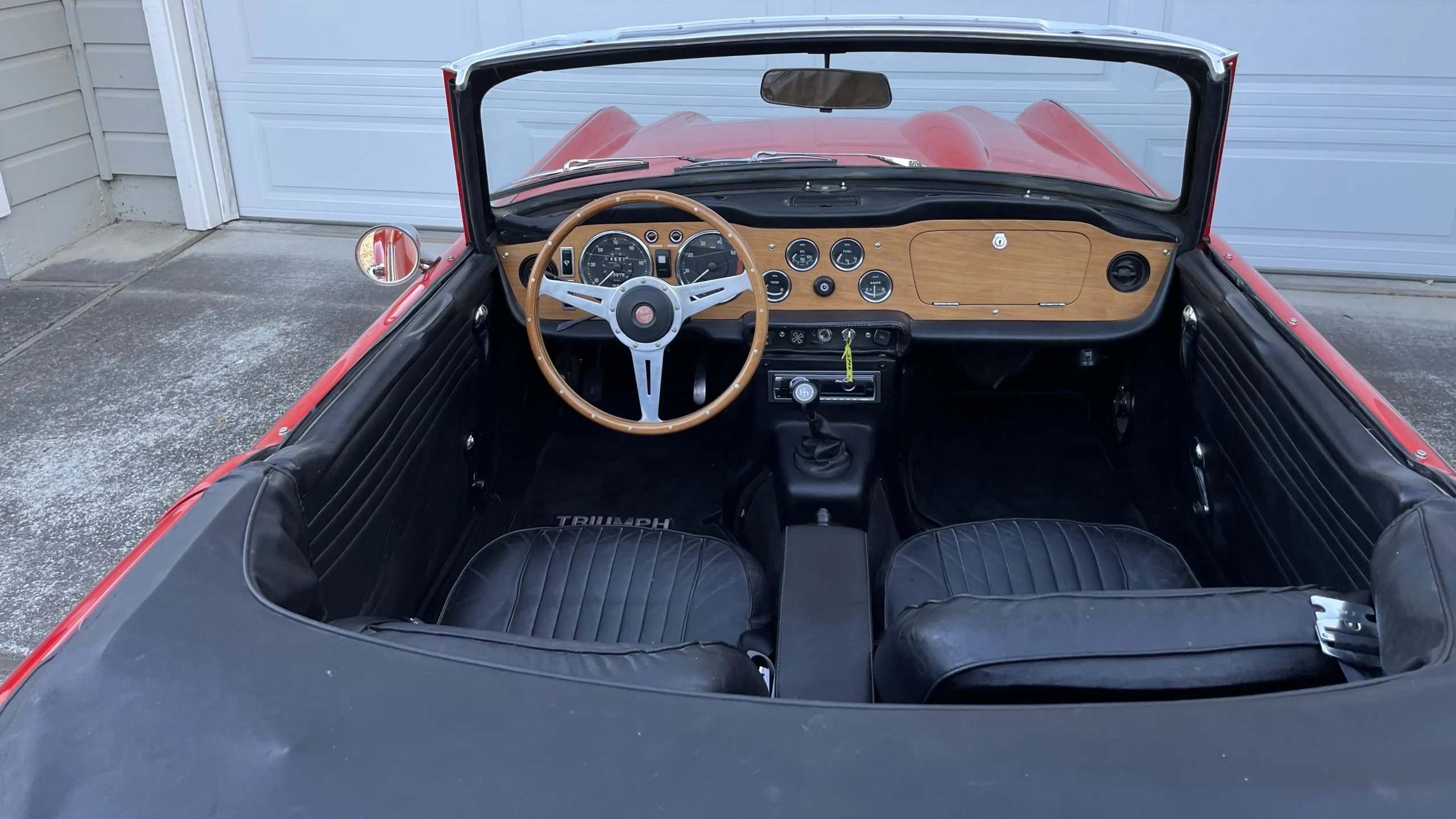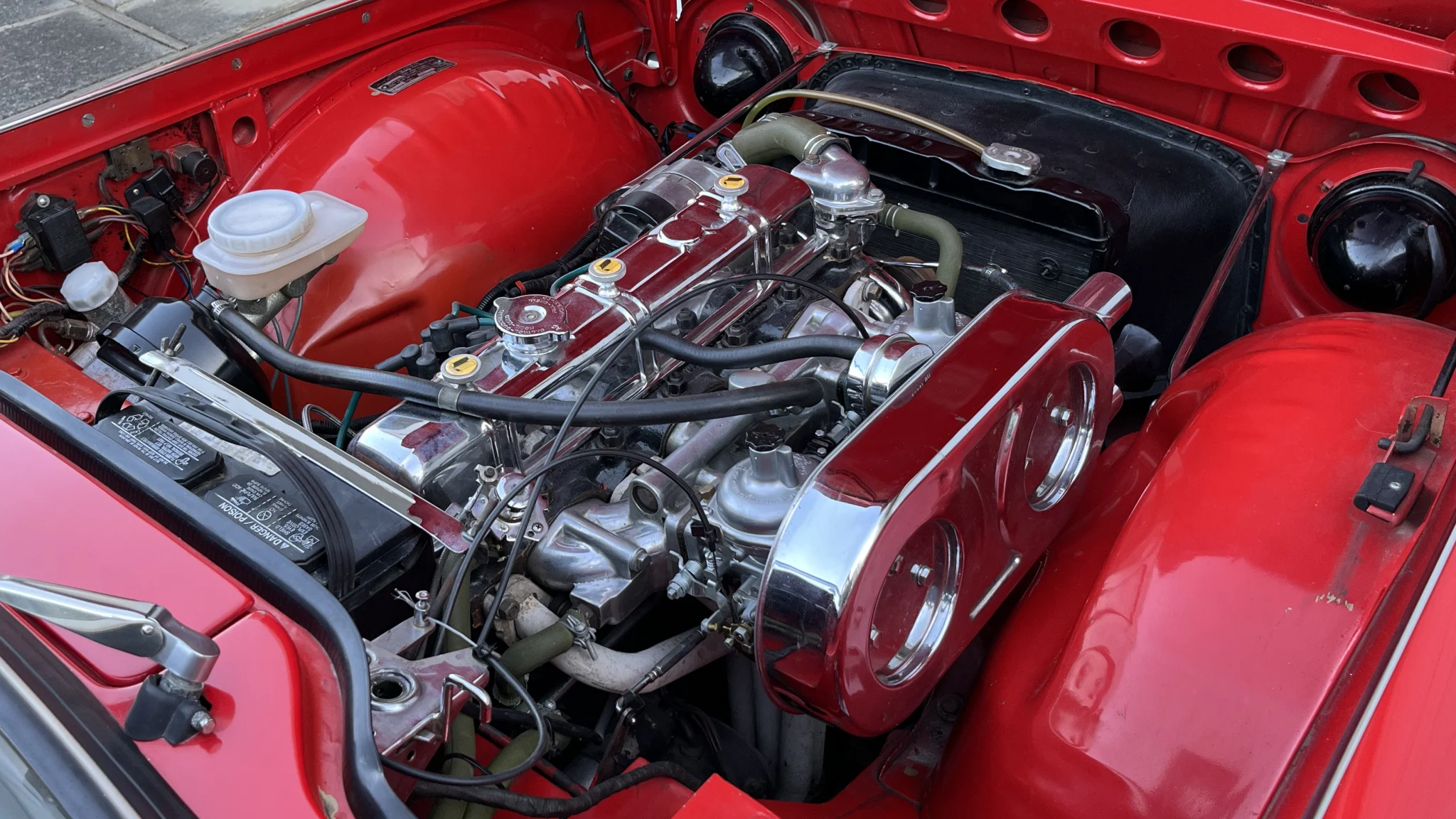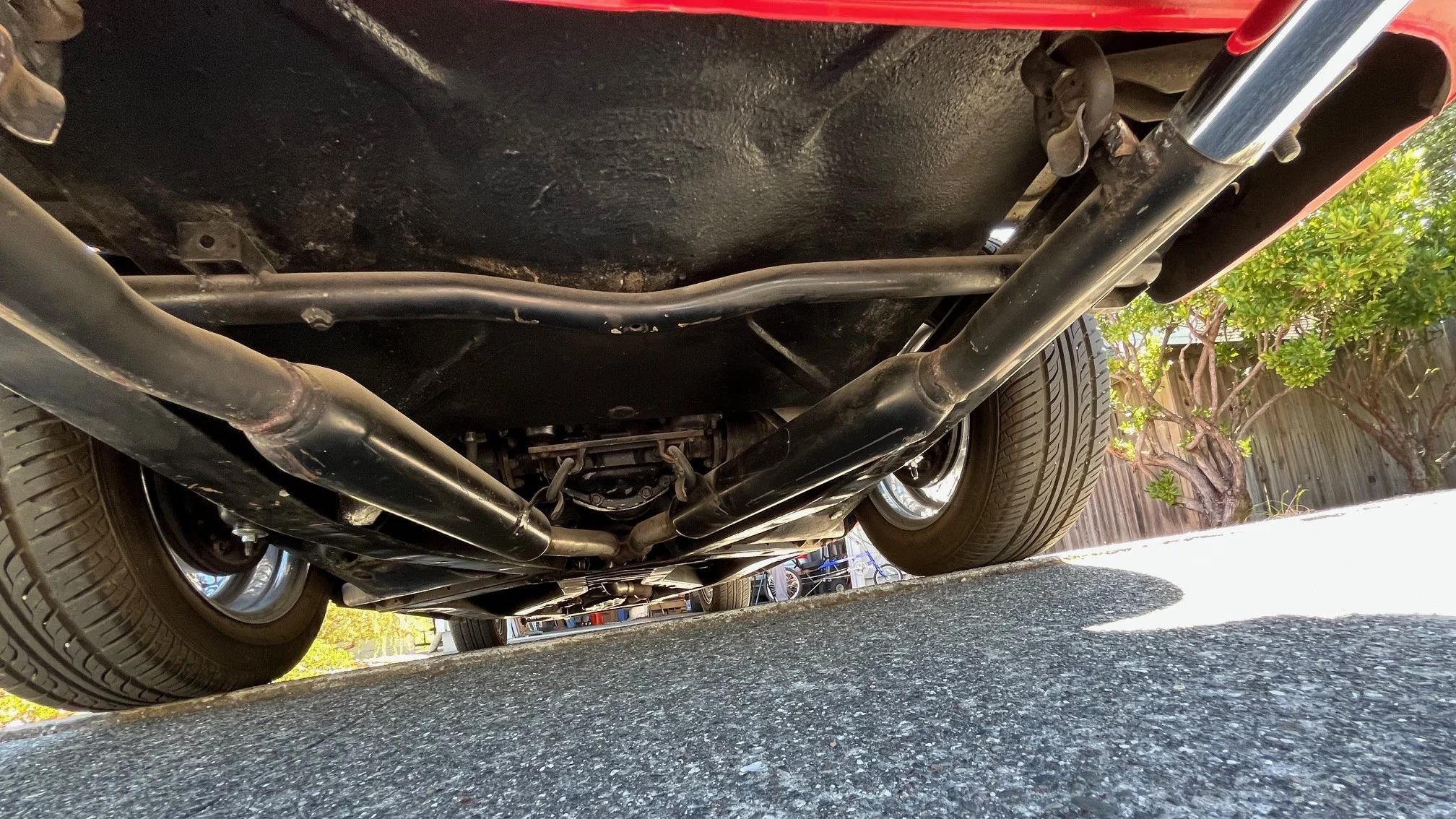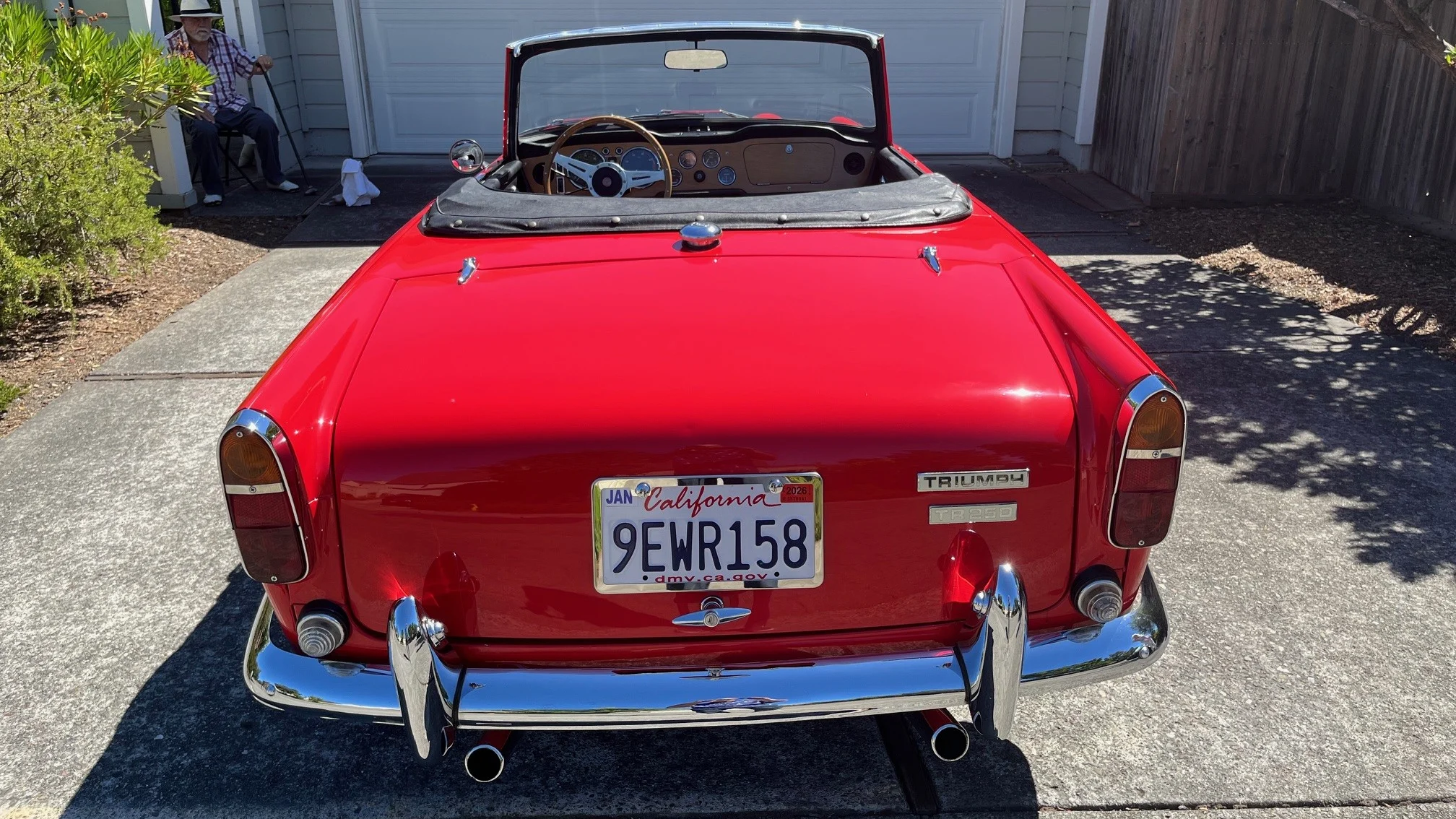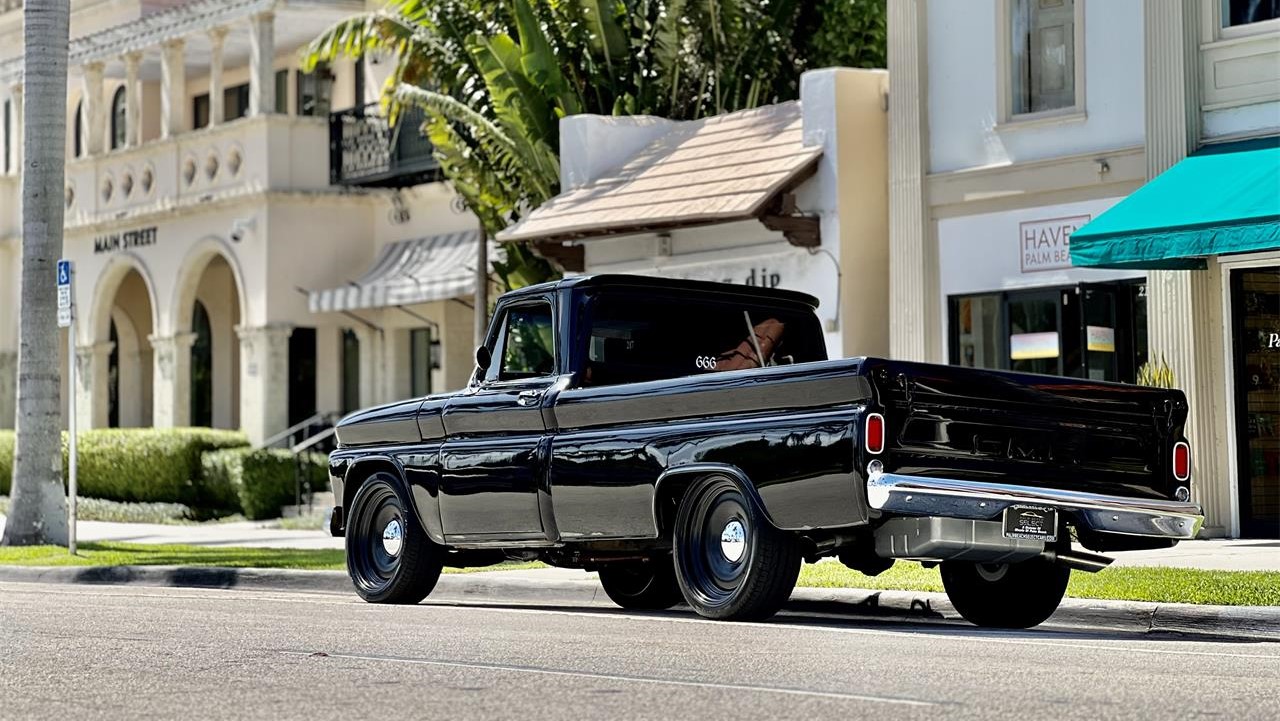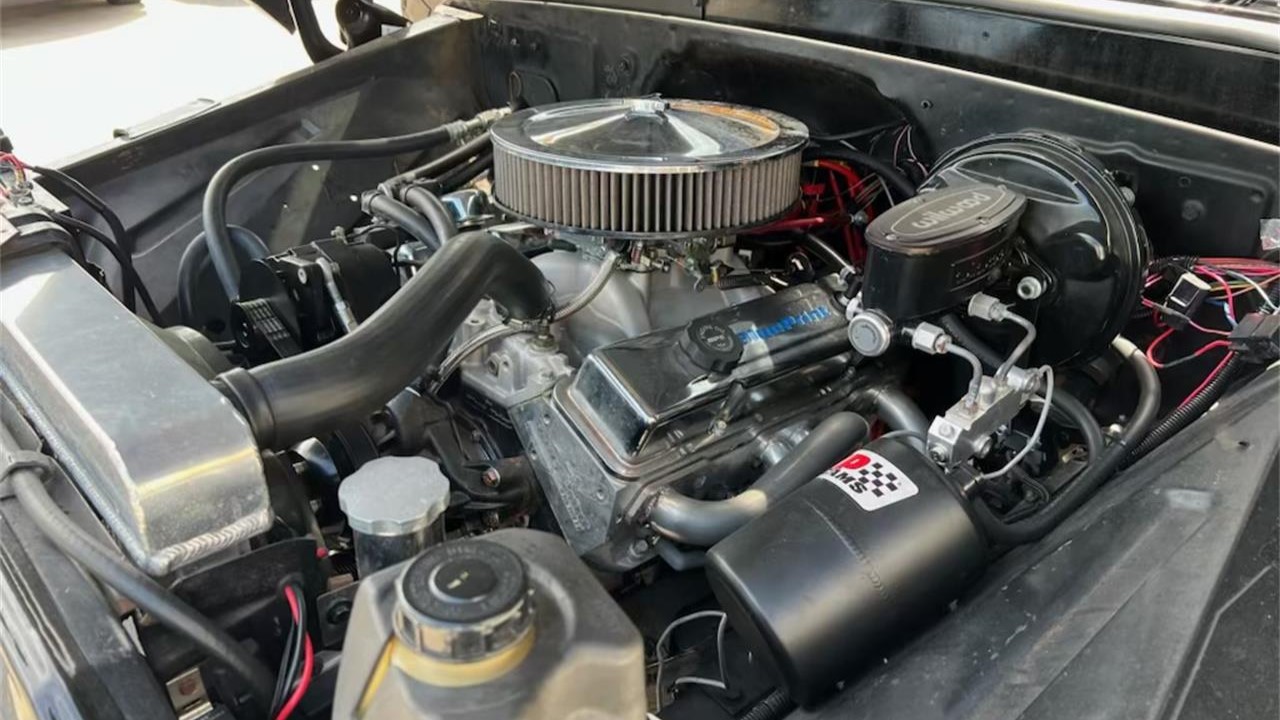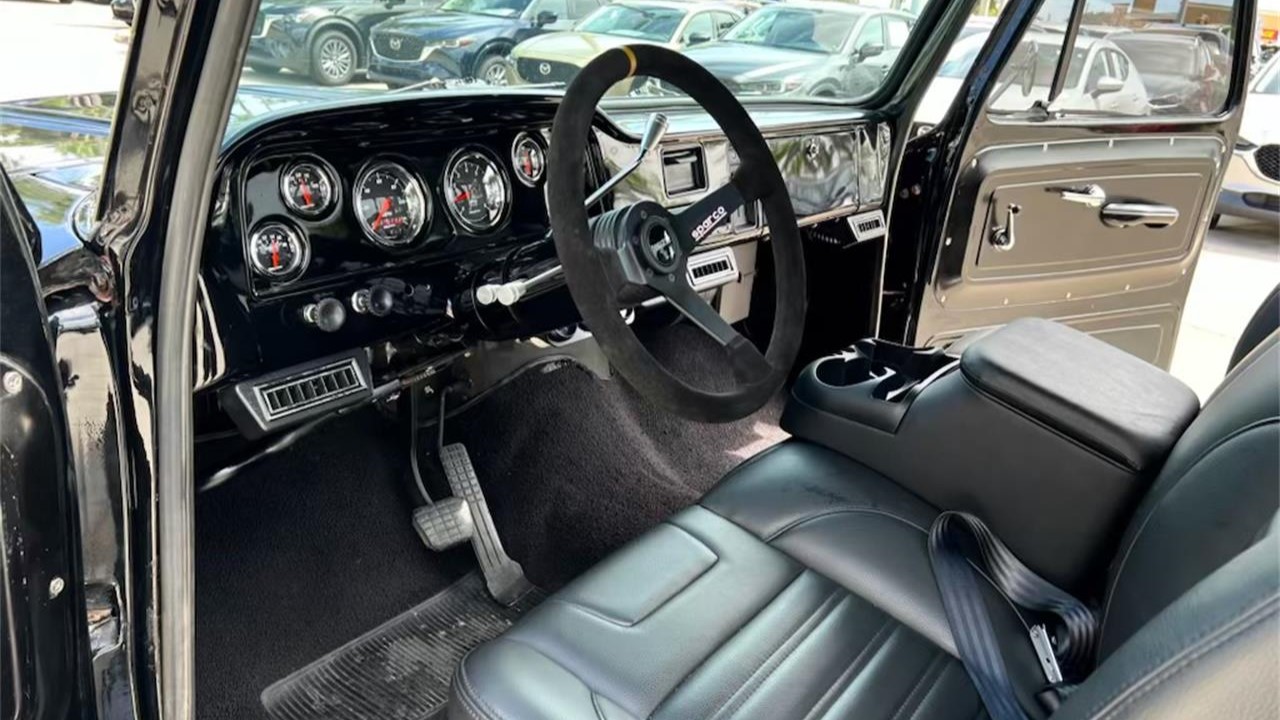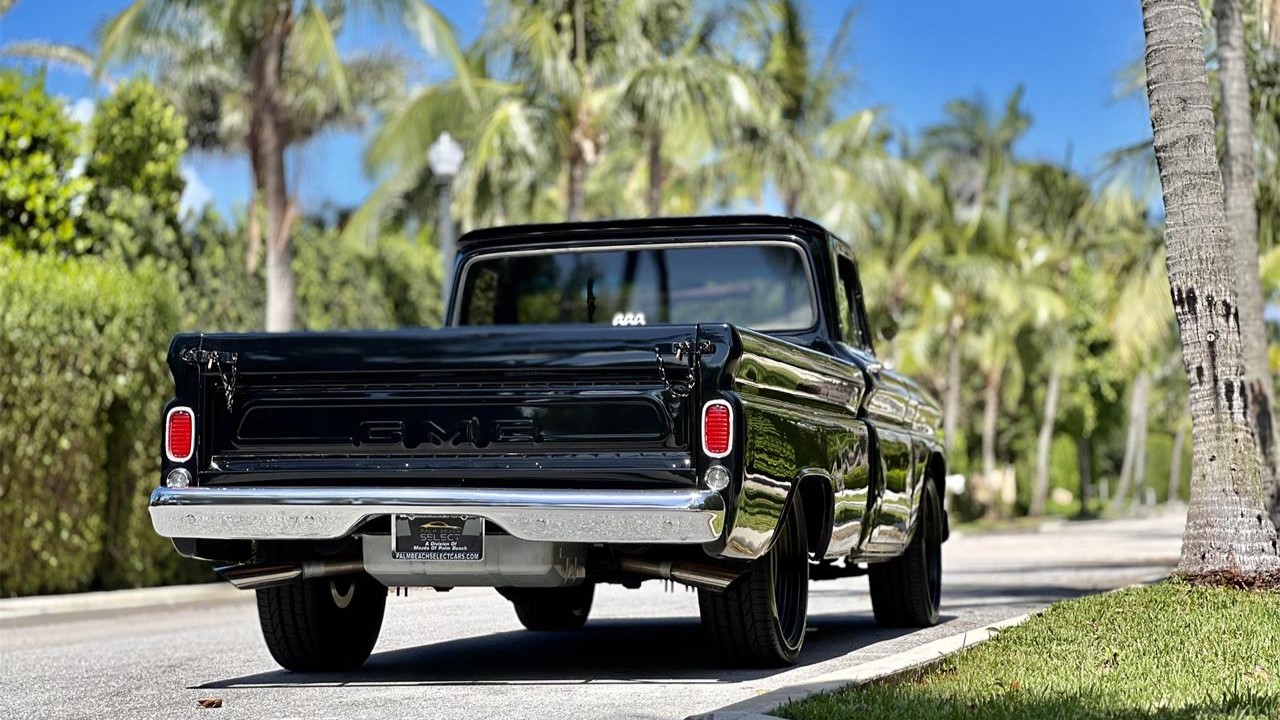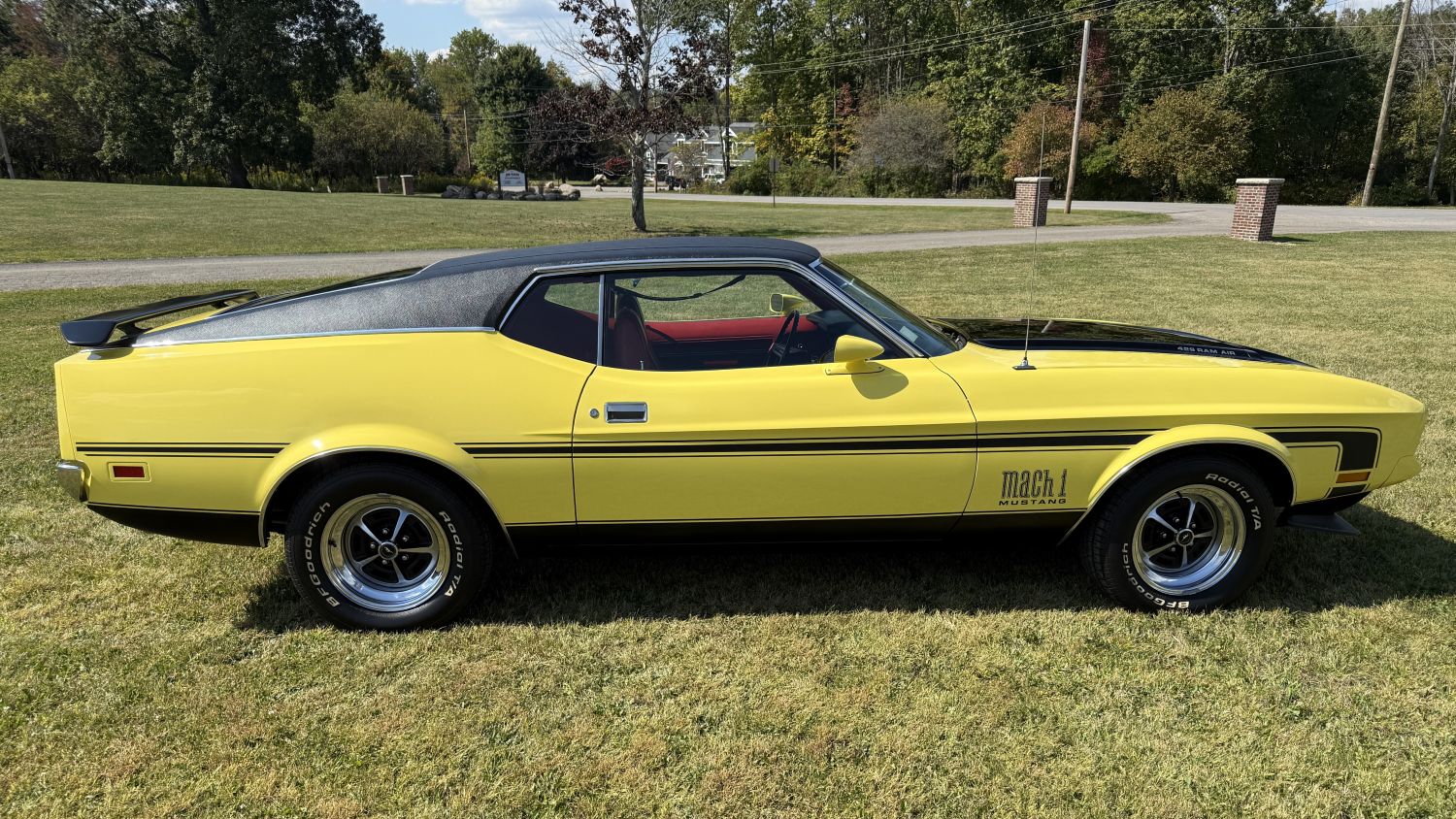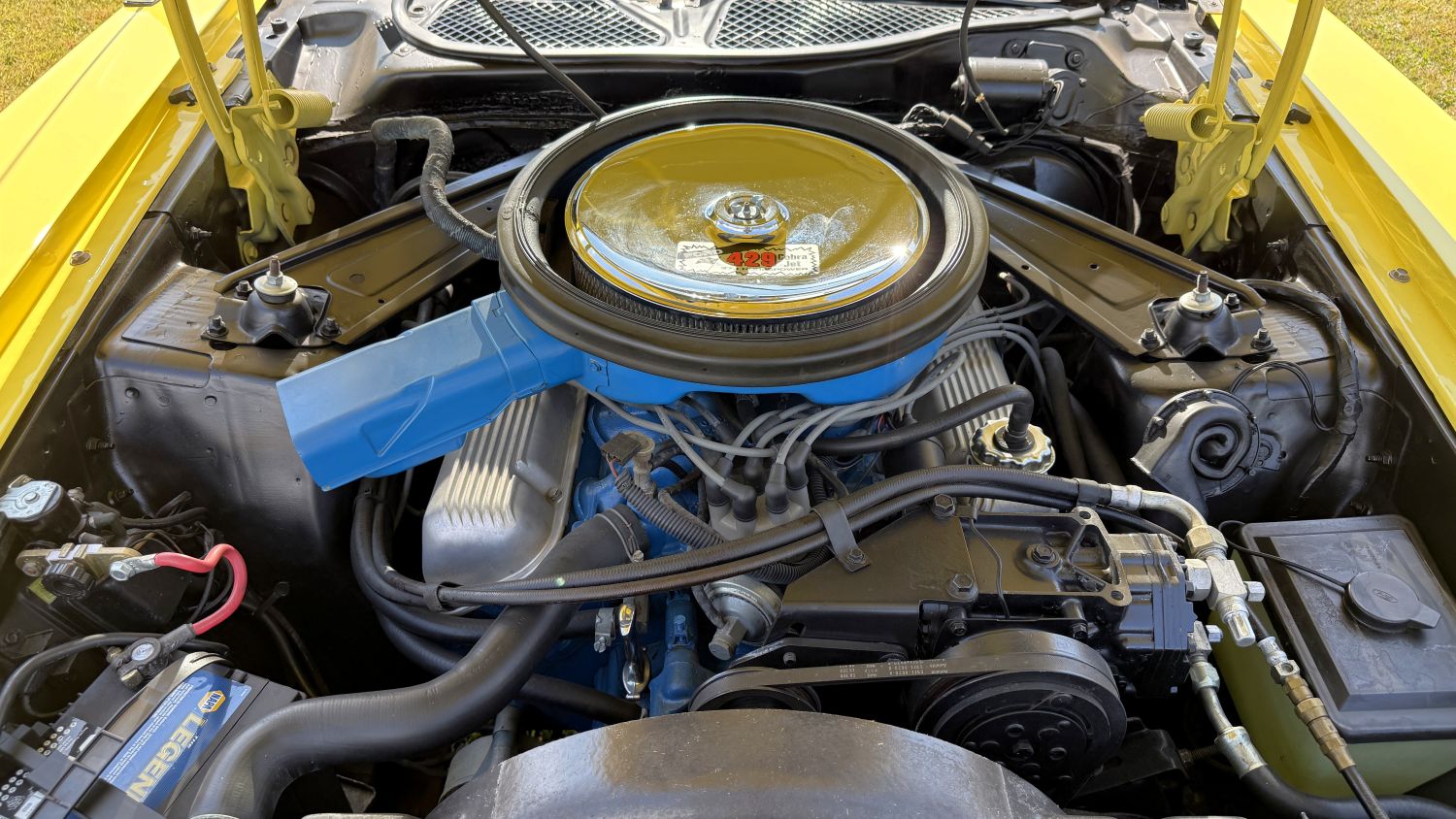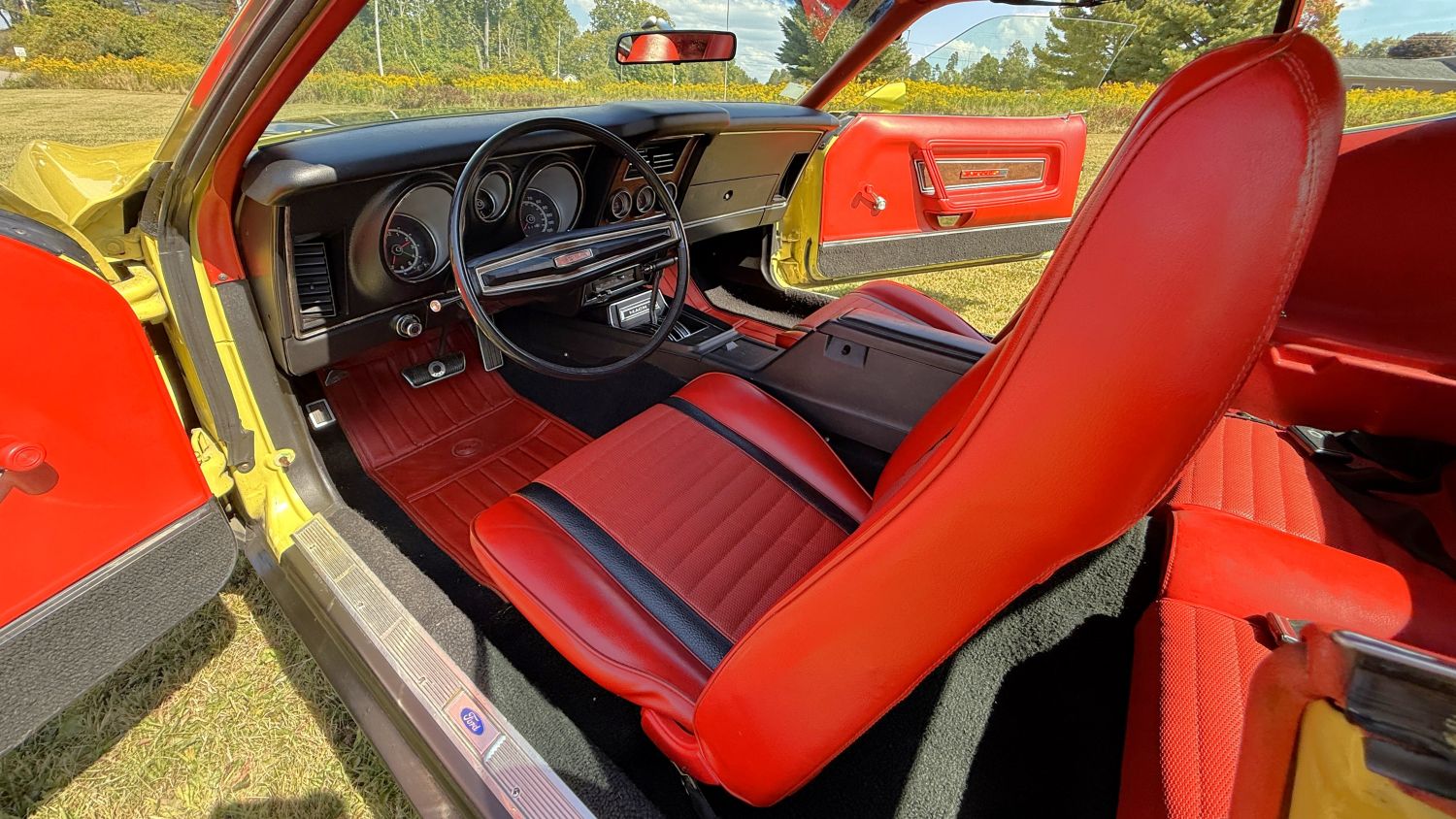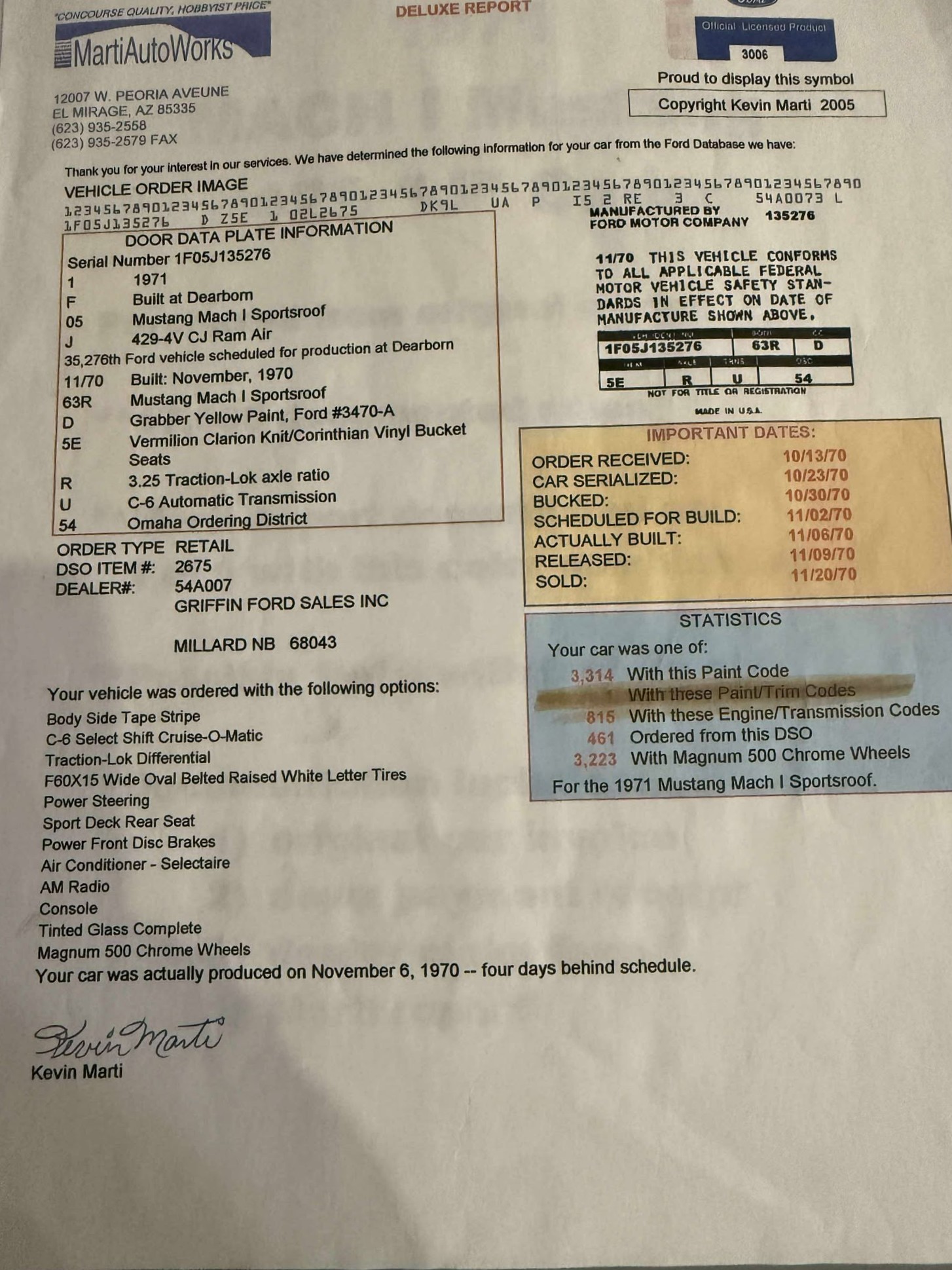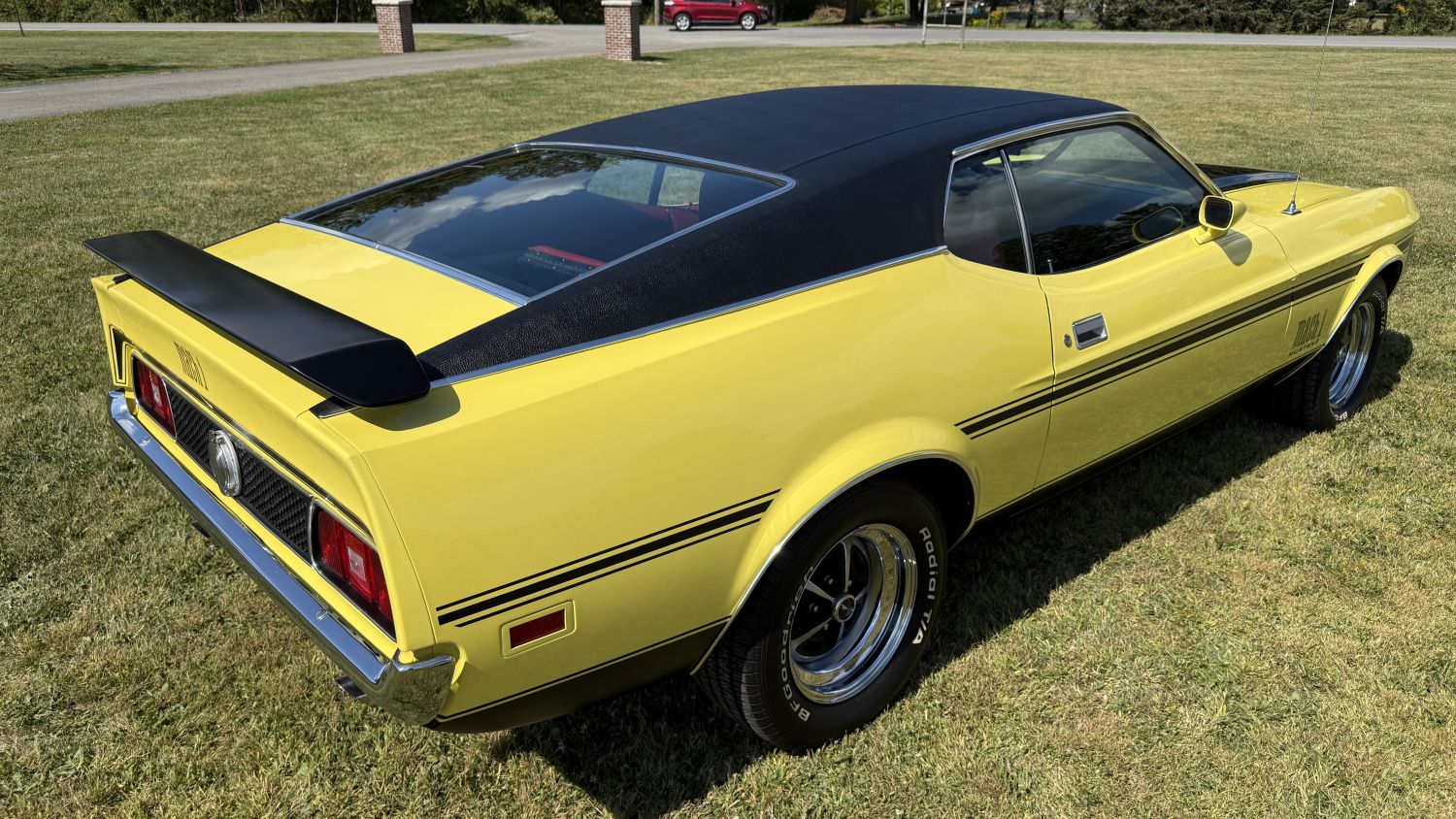Each year, members of the Acura NSX Club of America (NSXCA) enjoy the opportunity to get together for an annual meet-up. (Here’s a look at last year’s event which was held in Dallas.) This time around, about 250 people in over 100 NSXs converged in the Pacific Northwest to experience the hospitality, scenic roads, unique destinations, and culinary specialties that the area had to offer.
The event was described by some as “pure joy.” If you have ever been part of an automotive community, you know how special it can be to spot a fellow enthusiast on the road. Now, take that same emotion and multiply it by ten or a hundred. It doesn’t matter whether your car is a project car or a Pebble Beach showpiece—the feeling of camaraderie is equally strong.
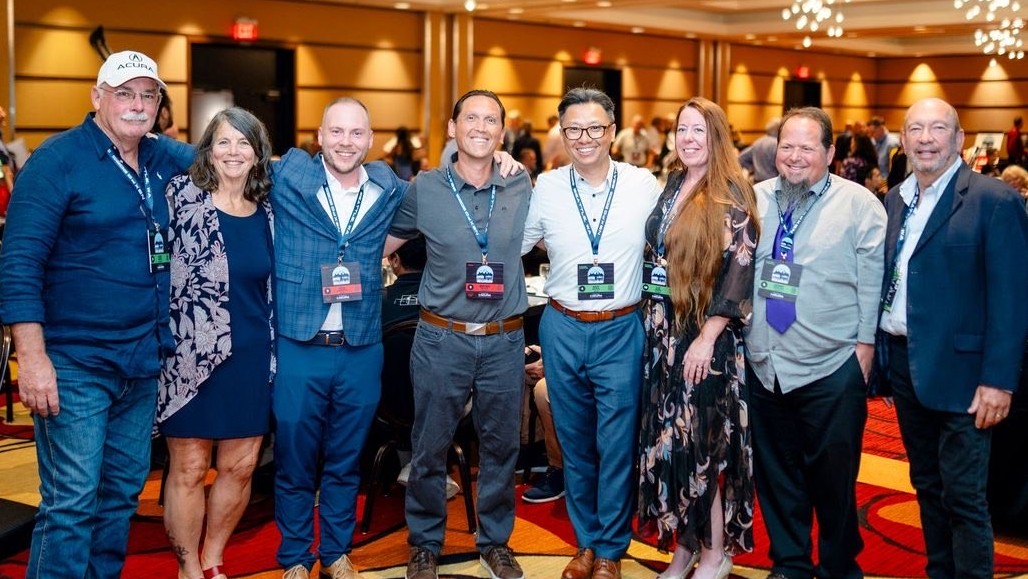
Team Effort
Ira Leventhal, a long-time NSXCA member from Portland, served as part of a team of volunteers who put on this year’s multi-day program which was based at Tacoma’s Hotel Murano. Ira emphasized that the event could not have happened without the help of many individuals, as well as the many companies who contributed to its success via sponsorships.
Ira says, “As I reflect back on this year’s event, it’s still humbling to know I was a part of making this weekend the fun event that it was.”
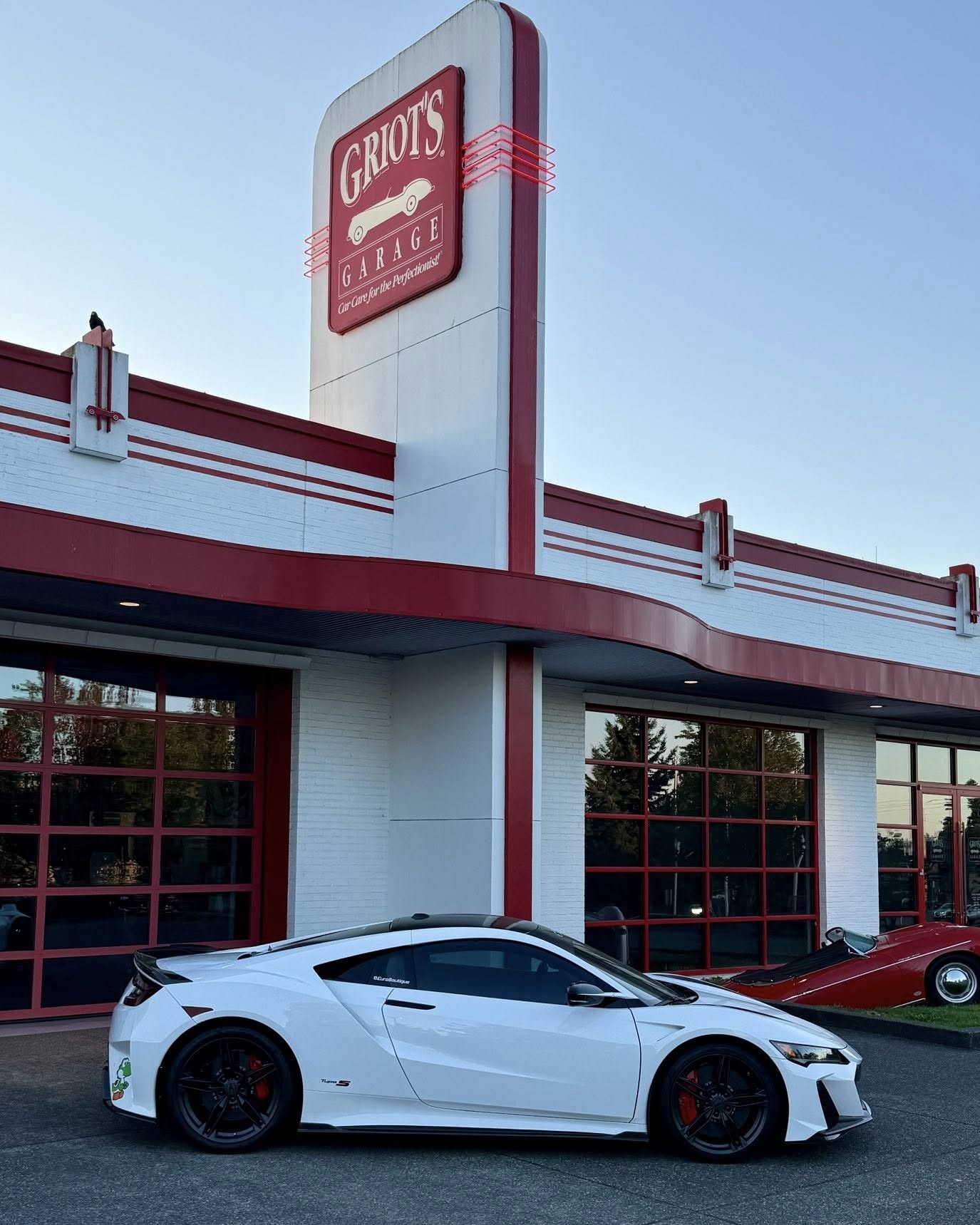
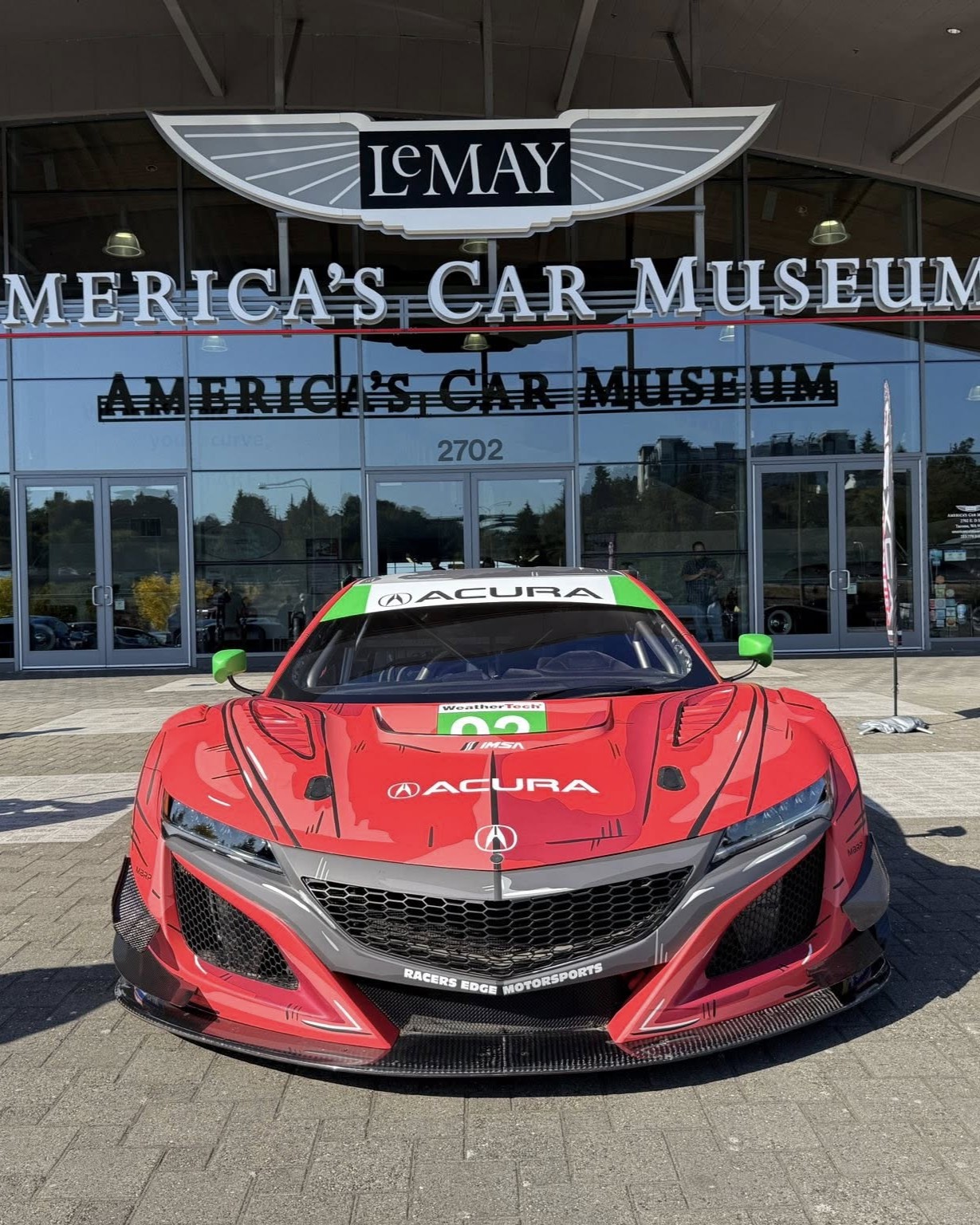
Select Highlights
Organizers sought to incorporate something for everyone—making sure that NSXPO incorporated plenty of time to socialize with other enthusiasts in addition to driving their cars.
- NSXPO began with two track days at Ridge Motorsports Park, where NSX drivers were able to put their cars—and their driving skills—to the test.
- Griot’s Garage, based in Tacoma, was established in 1990 and has become one of the car-detailing industry’s key players. Griot’s hosted the NSXCA for a concours d’elegance and even offered complimentary product shipping for NSXPO attendees.
- Private tours were offered at LeMay: America’s Car Museum, which is home to about 300 of the world’s most iconic vehicles.
- A scenic rally headed into the Puget Sound area, where a misty morning, tall fir trees, and sweeping corners gave NSX drivers an authentic Pacific Northwest feel.
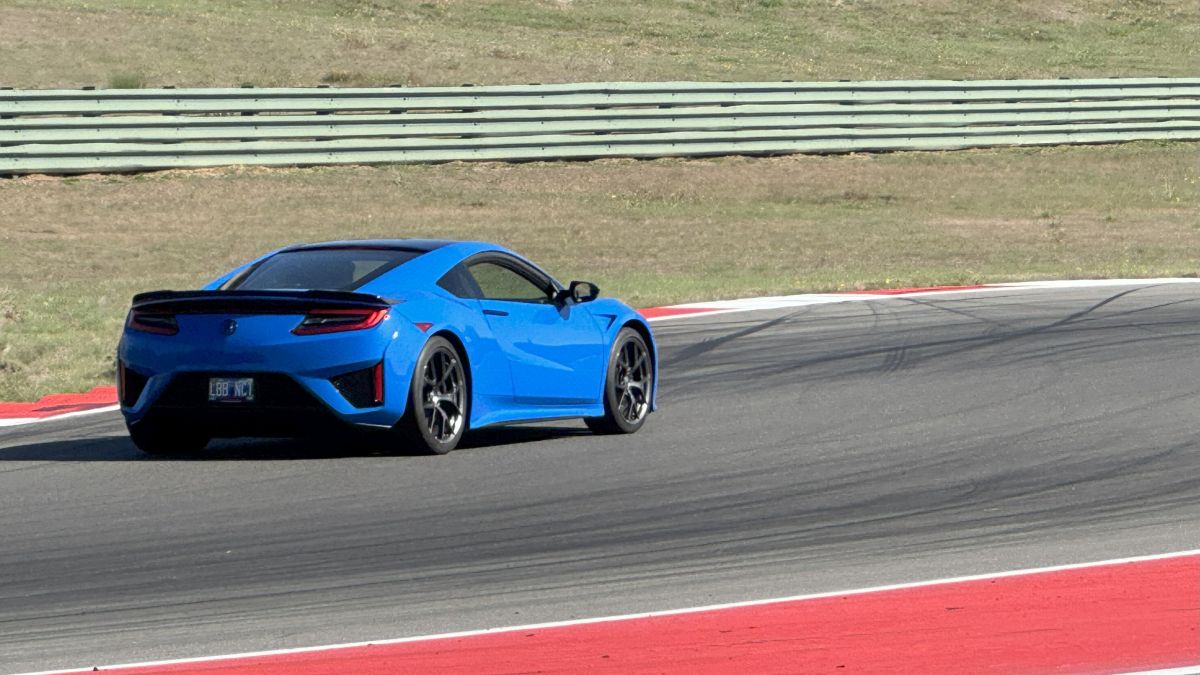
Keynote Speaker and Support from American Honda
Ted Klaus, who retired in late 2020 after a 30-year career with Honda, addressed the group during the closing awards ceremony and gala banquet. Klaus was the key development lead for the second-generation “NC1” chassis Acura NSX, which launched in 2017 as a twin-turbocharged, all-wheel drive hybrid supercar.
Klaus says, “With this project, we sought to build a bridge, one that takes Honda back to its roots of innovation and engineering excellence, but also to the future, harnessing next-generation technology to deliver a car that is uniquely Honda.”
Some lucky NSXCA members even got to interact with Klaus at the track. It’s also worth noting that American Honda had a strong contingent of representatives on-hand at the event, demonstrating a commitment to the enthusiasts who keep events like NSXPO going. A team from Honda Japan was even engaged and receptive to community feedback.
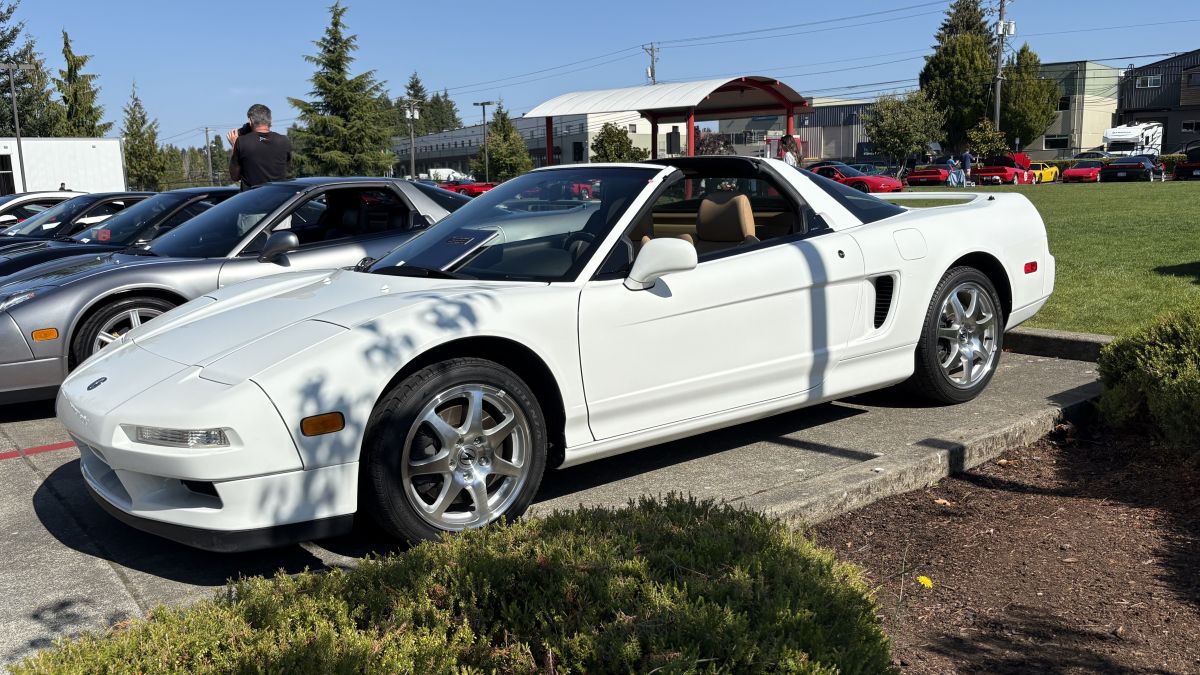
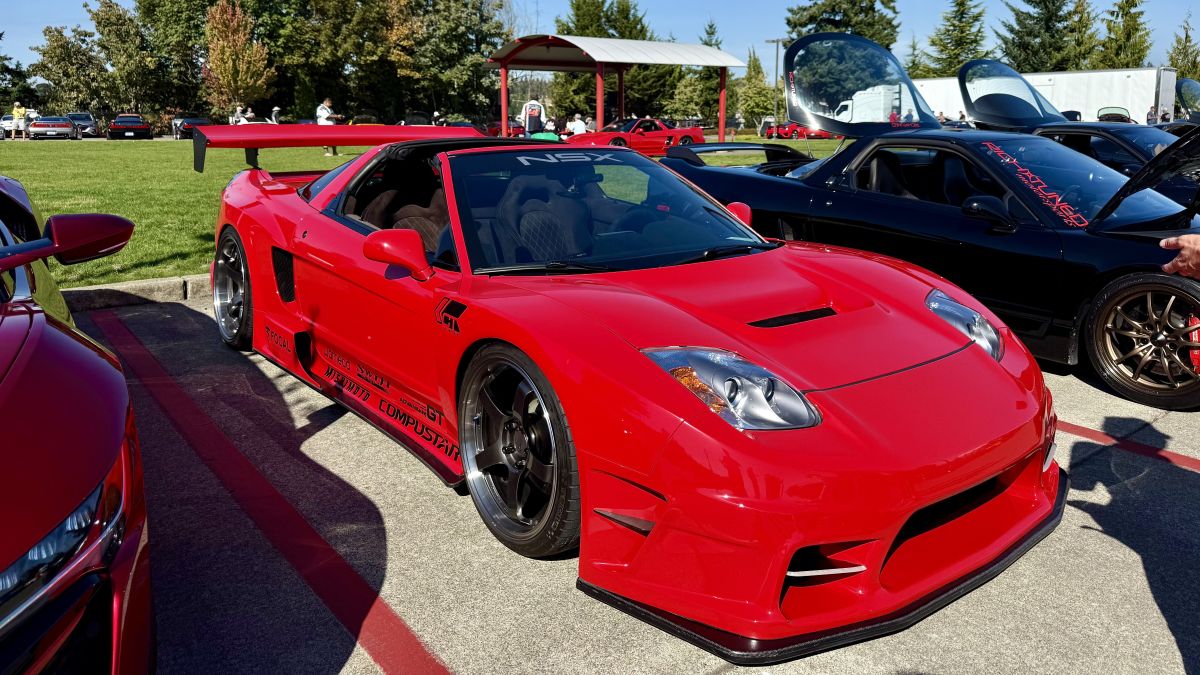

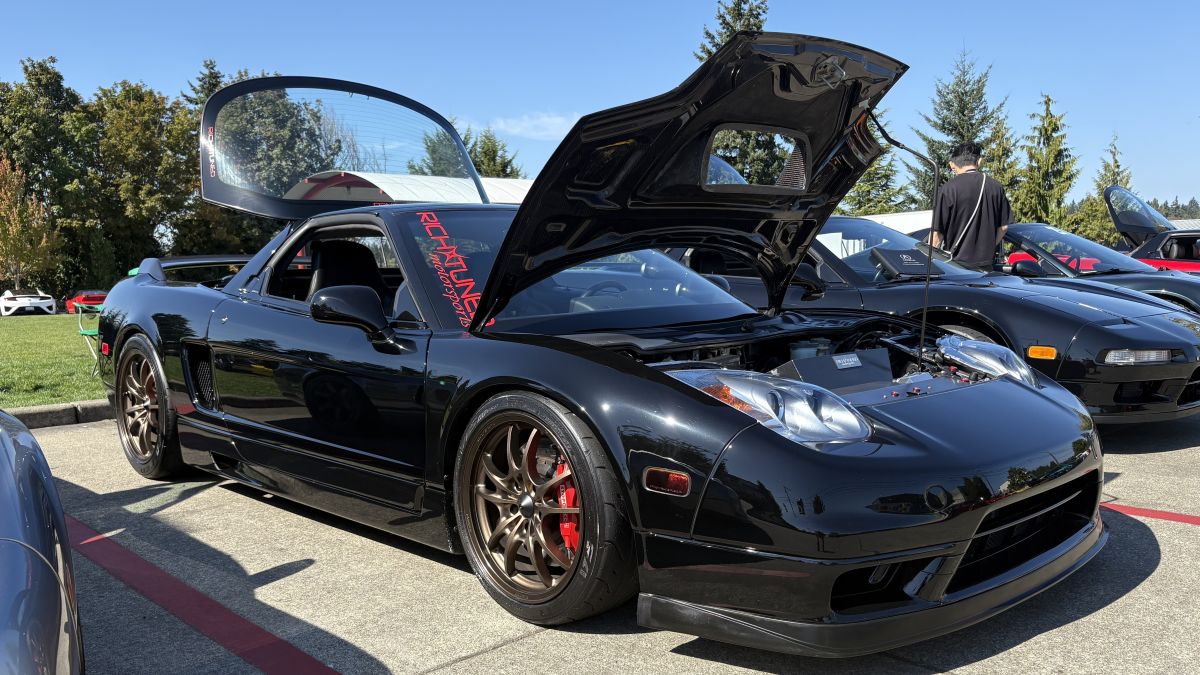
Award Winners
The caliber of cars in attendance was top tier, but a few members in particular stood out:
• Best Engine Bay: Brian Miller
• Best Interior: Eric Loberg
• Best Modified NA1: Richard Todd
• Best Modified NA2: David Fox
• Best Modified NC1: Chuck Ferguson
• Best Stock NA1: Nessa and Sean Lee
• Best Stock NA2: Brown Maloney
• John Vasos Award: Matt Cole
• Peoples’ Choice: Chuck Ferguson
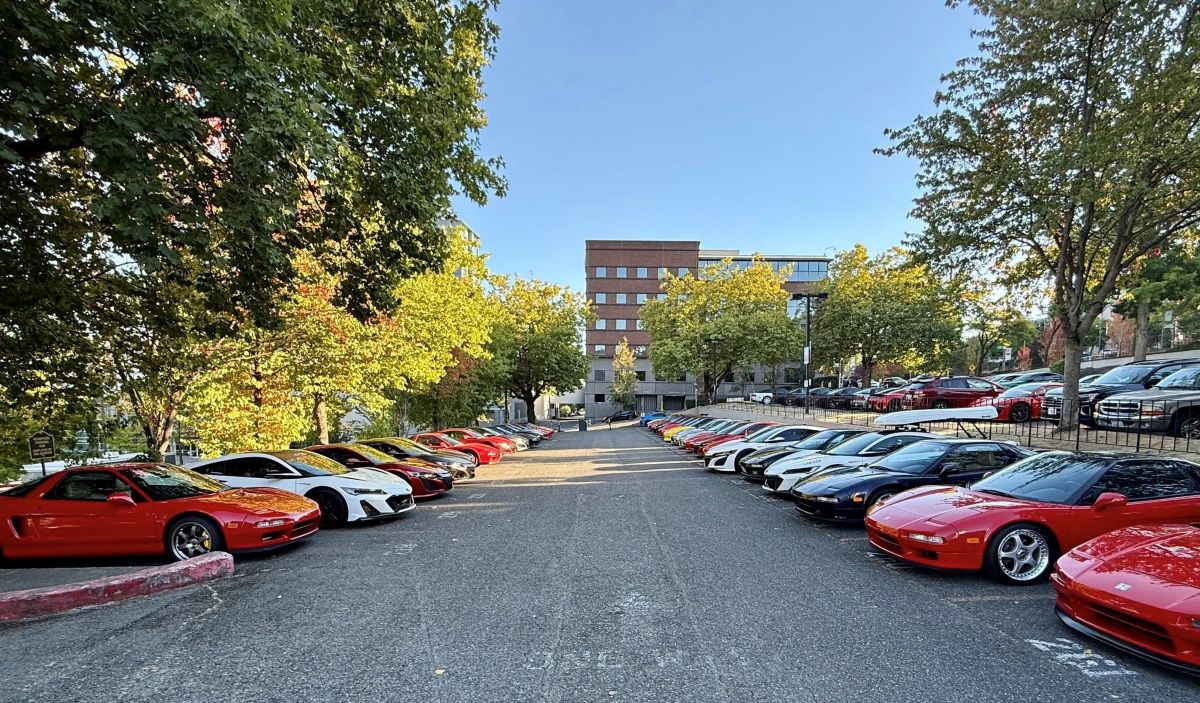
Charitable Causes
One of the key objectives of NSXPO is to give back to the community. The Seattle NSXPO team pledged a commitment of $15,000 between the following two organizations:
- Dream Drives for Kids, established as a non-profit in 2014 to benefit children undergoing treatment for a wide range of illnesses.
- Mary’s Place Seattle, established in 1999 to help thousands of women and families move out of homeless into more stable situations.
Ira adds, “I’m happy to share we exceeded our pledge. Giving back to the communities we bring NSXPO to is becoming a highlight that we’re proud of.”
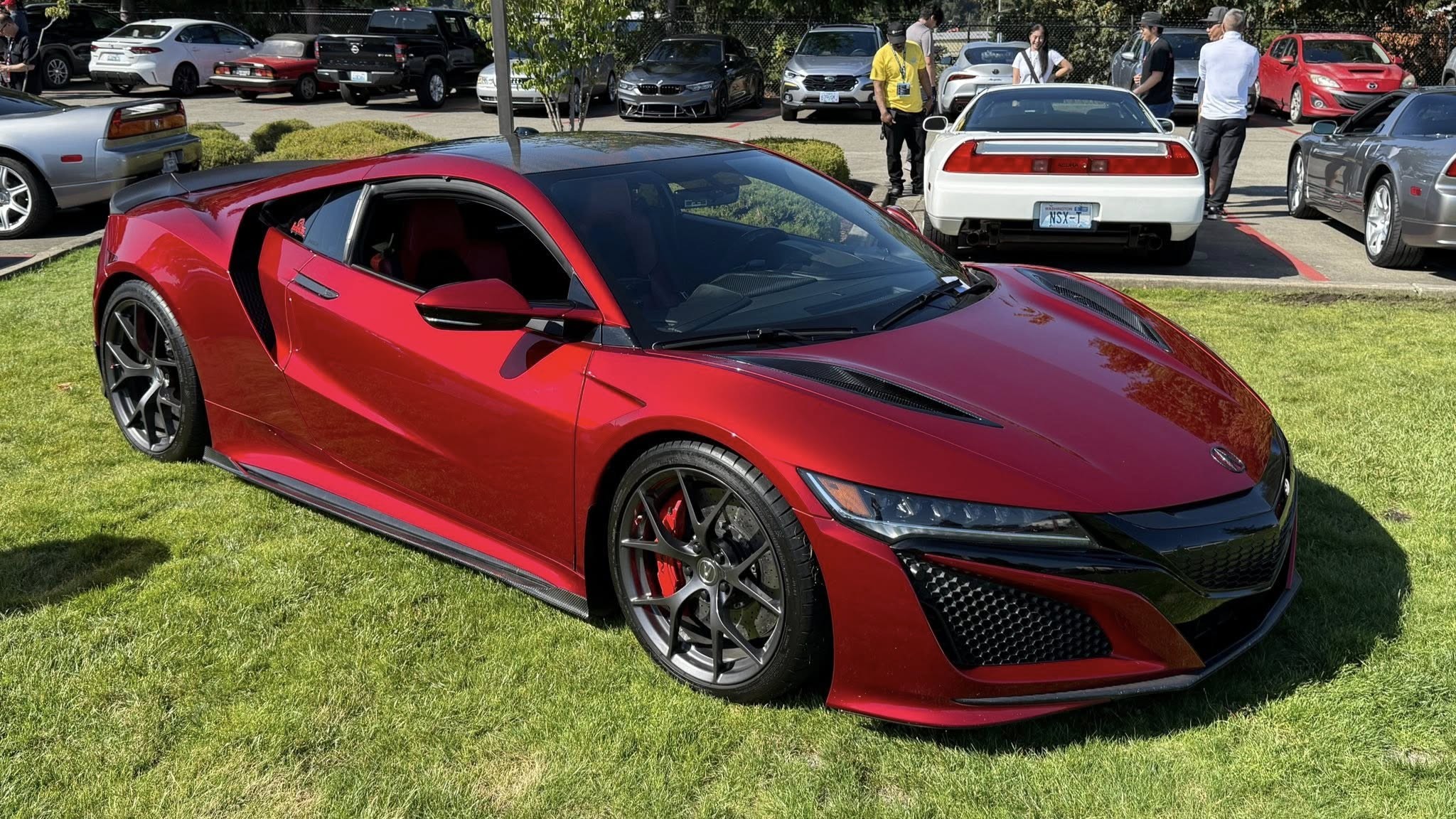
Looking Ahead
The announcement about next year’s dates and location has been made public. NSXPO 2026 will be held in Orlando the first week of October. Stay tuned to the NSXCA homepage for information on membership and a calendar of upcoming events.
Thanks, Ira and the NSXPO team, for sharing your event with us and fueling the passion for others who would like to get involved!

